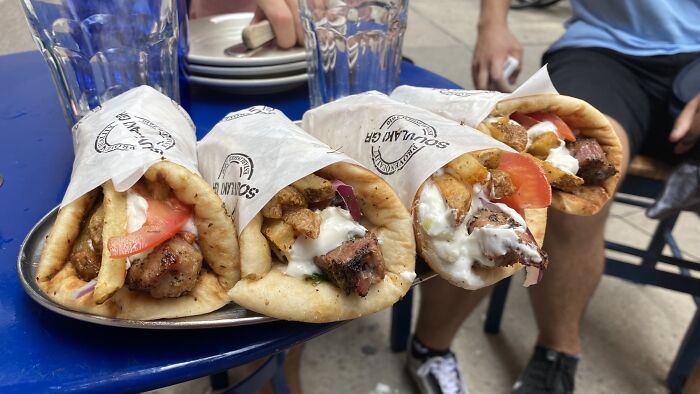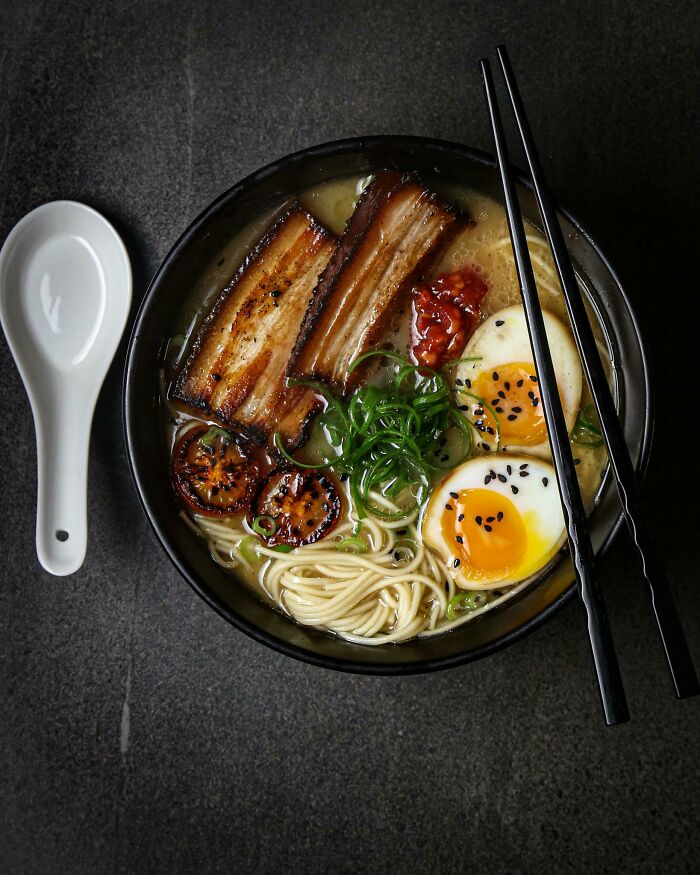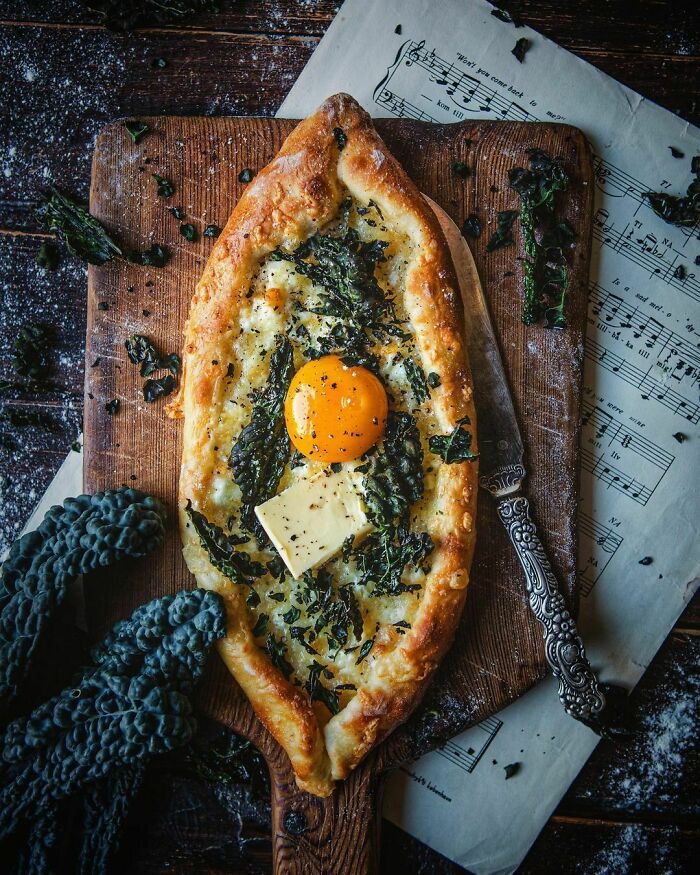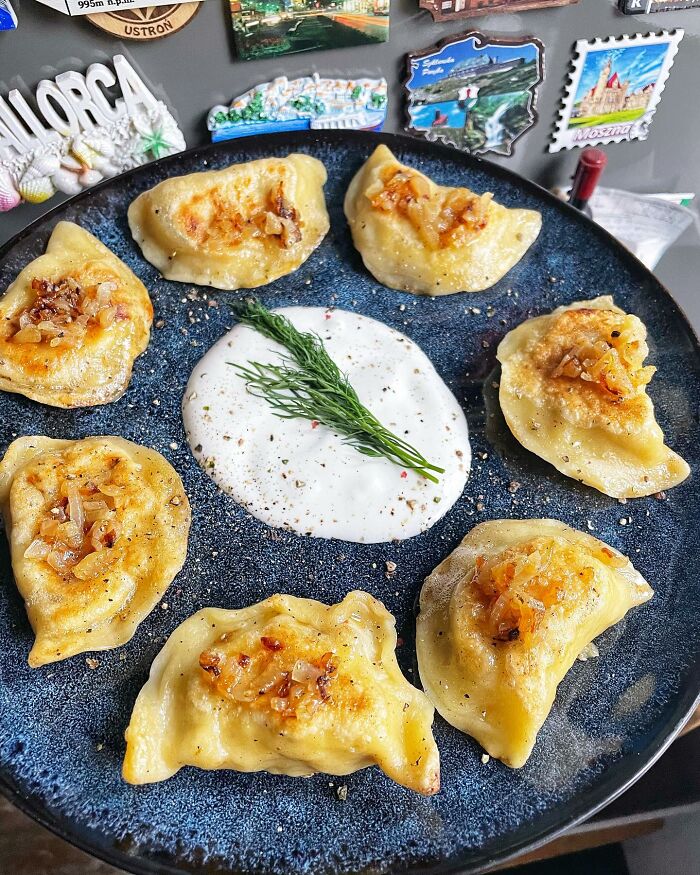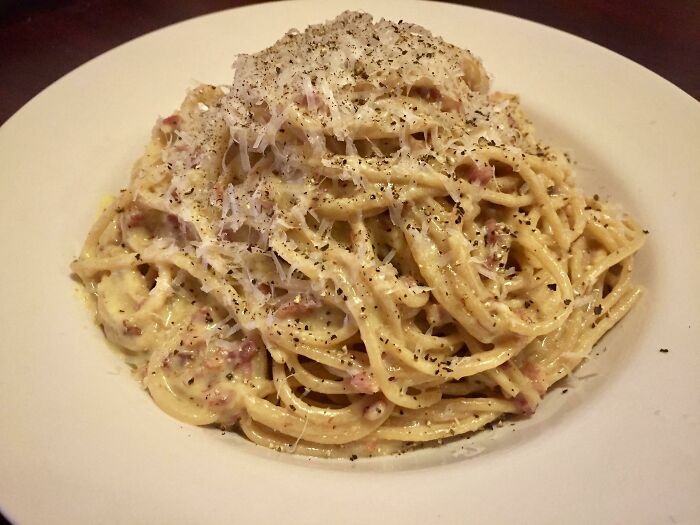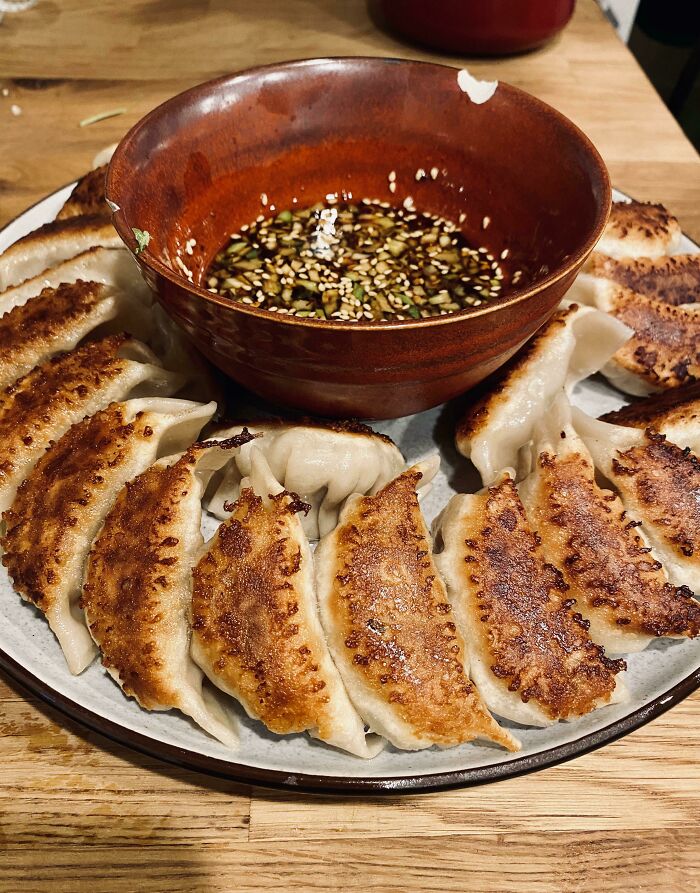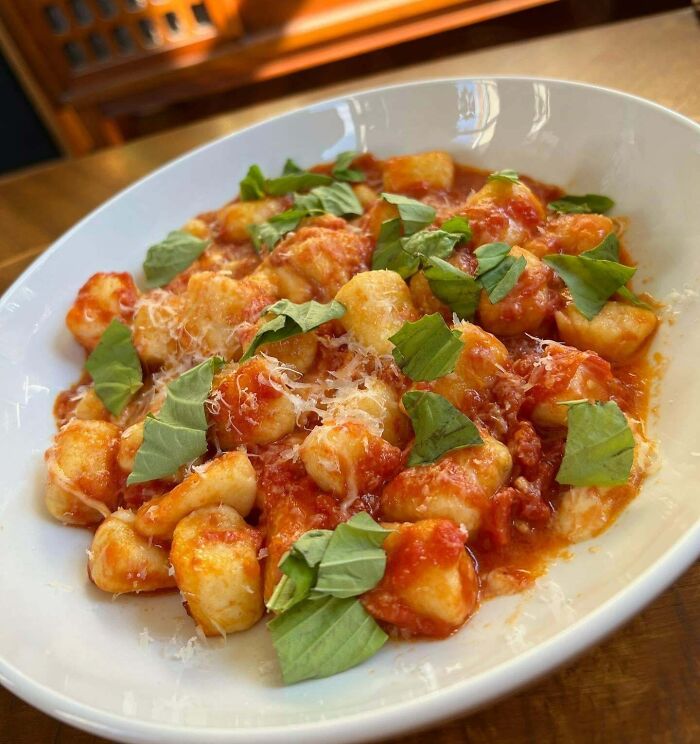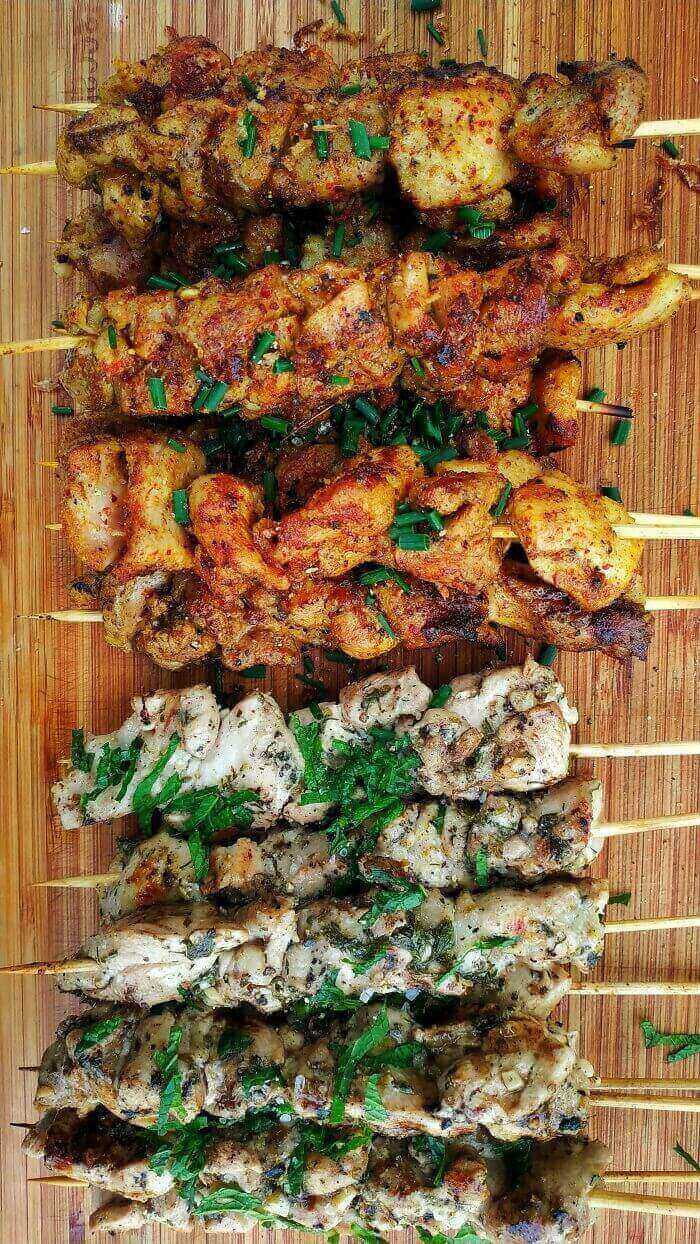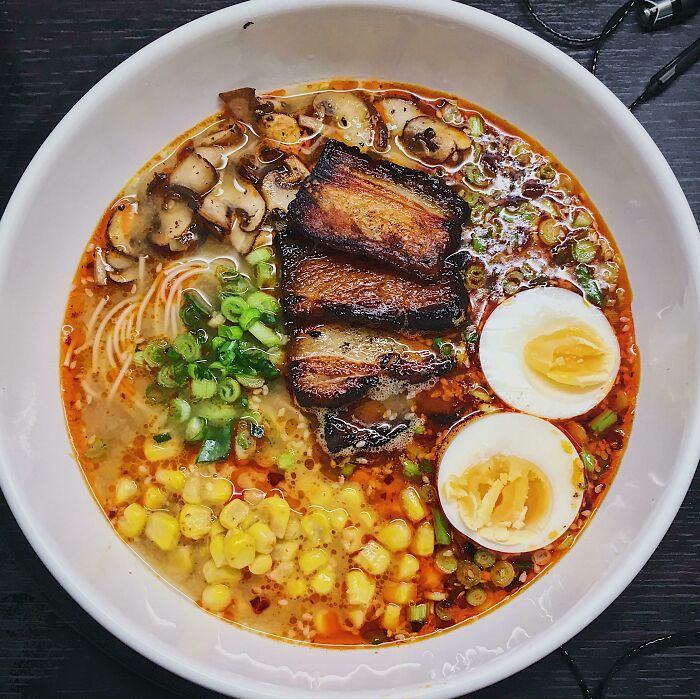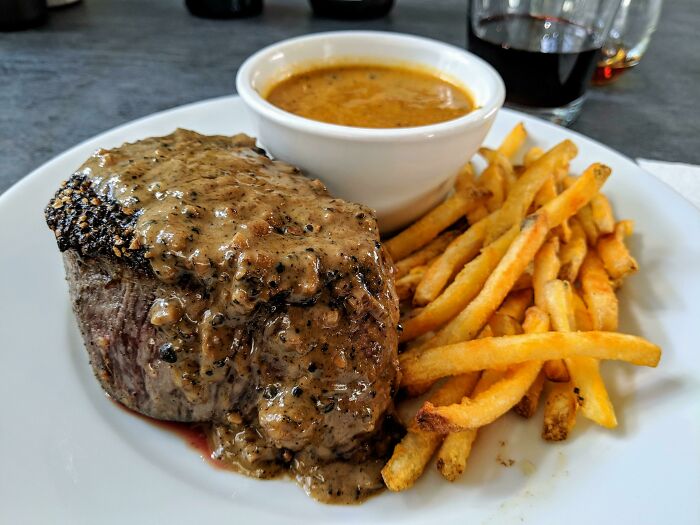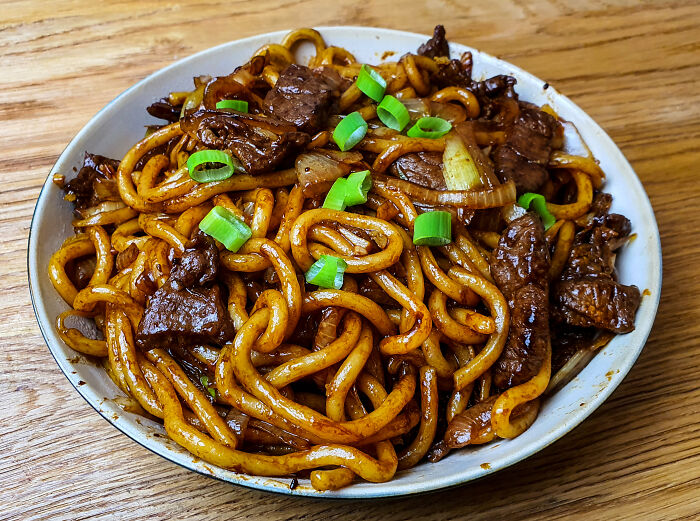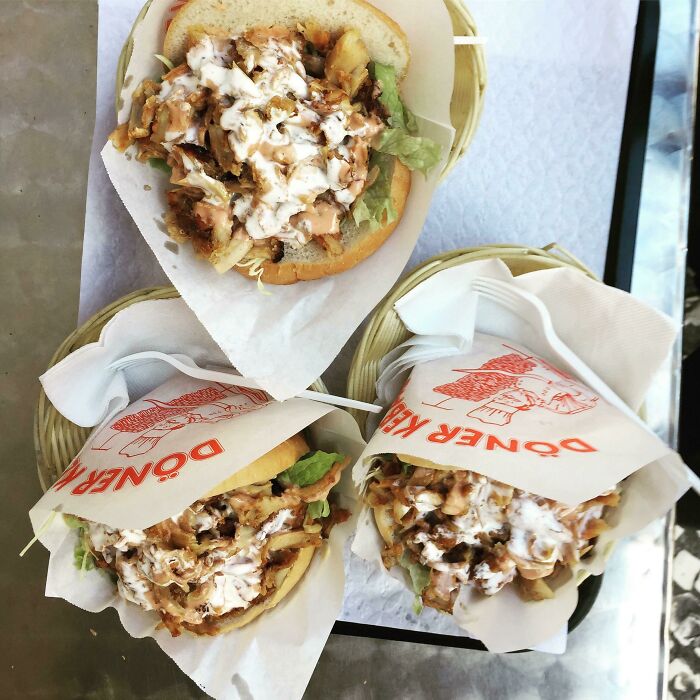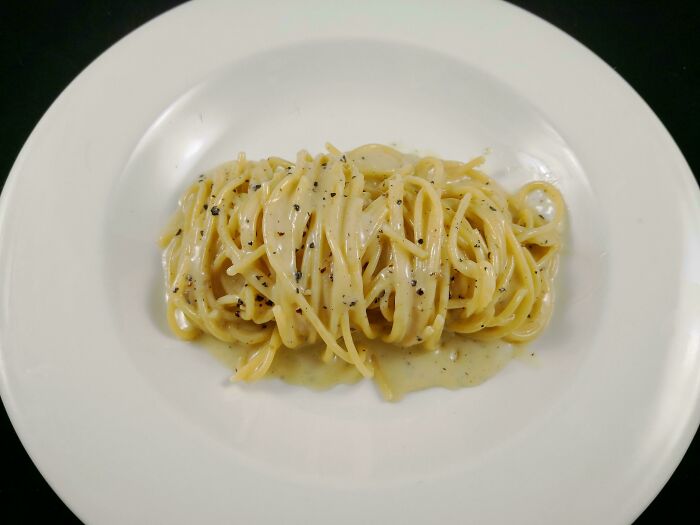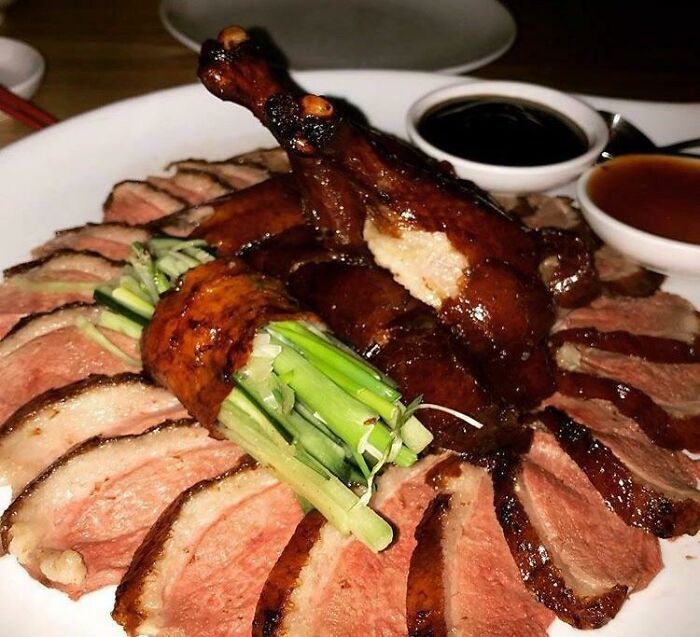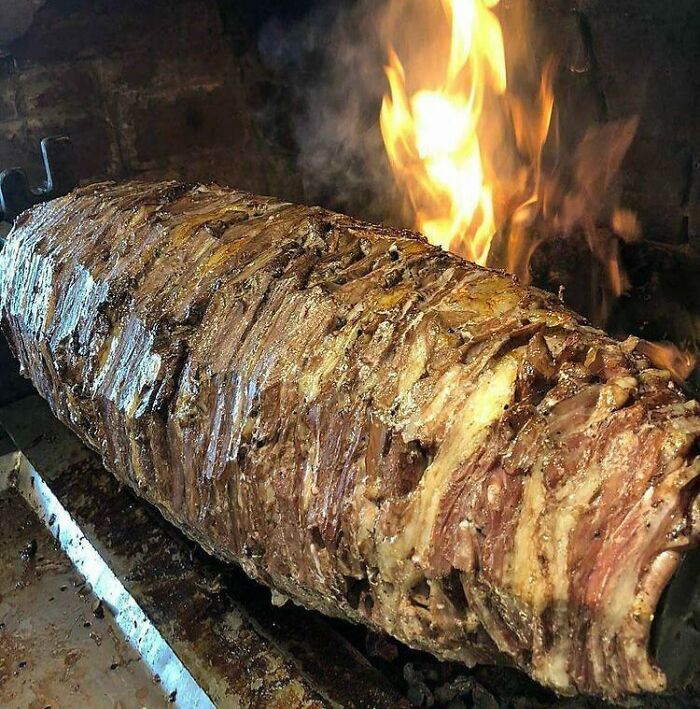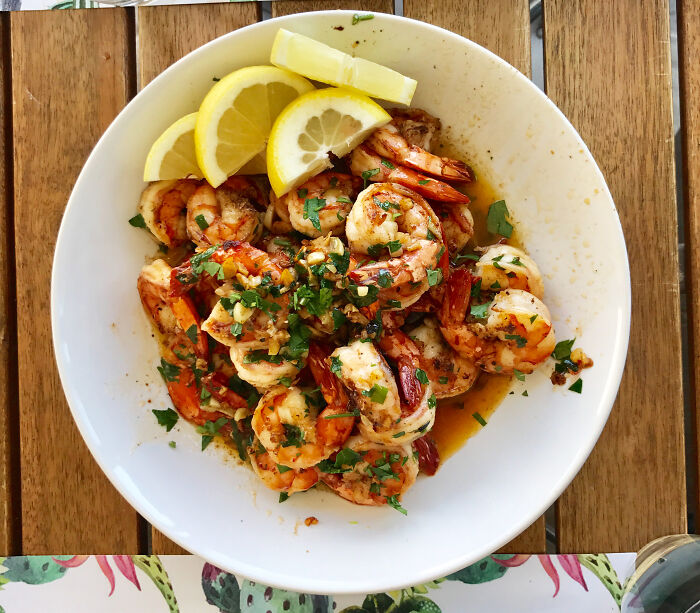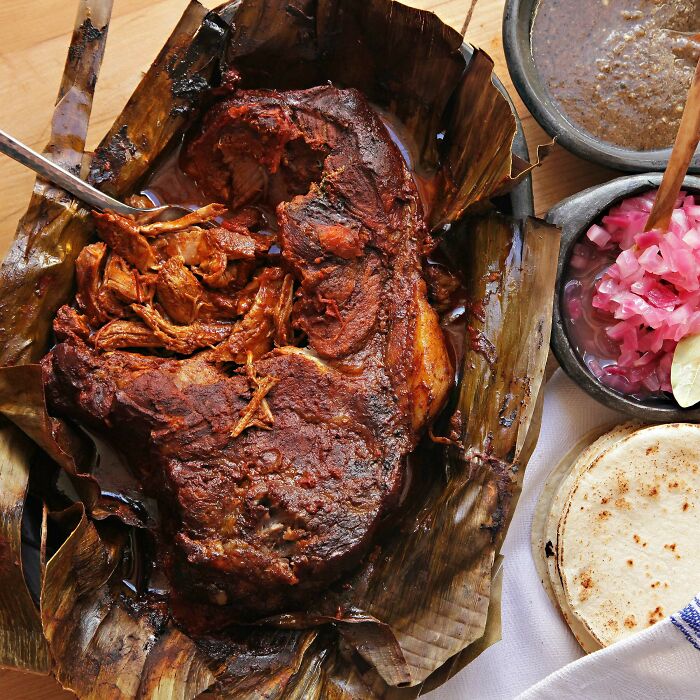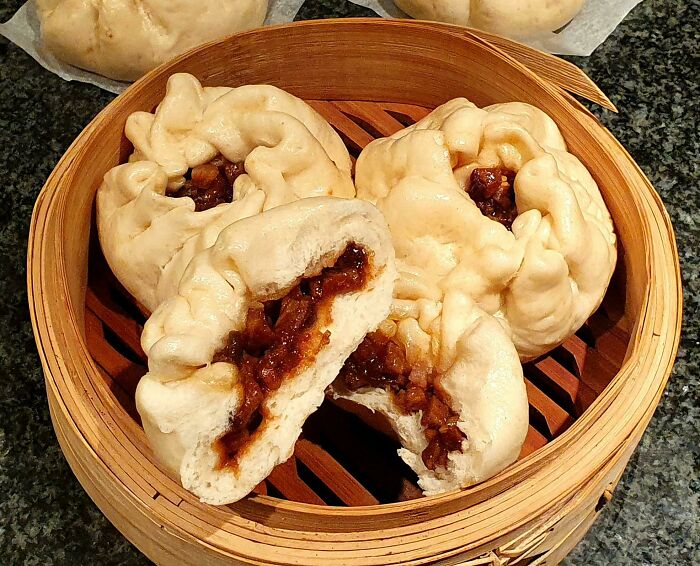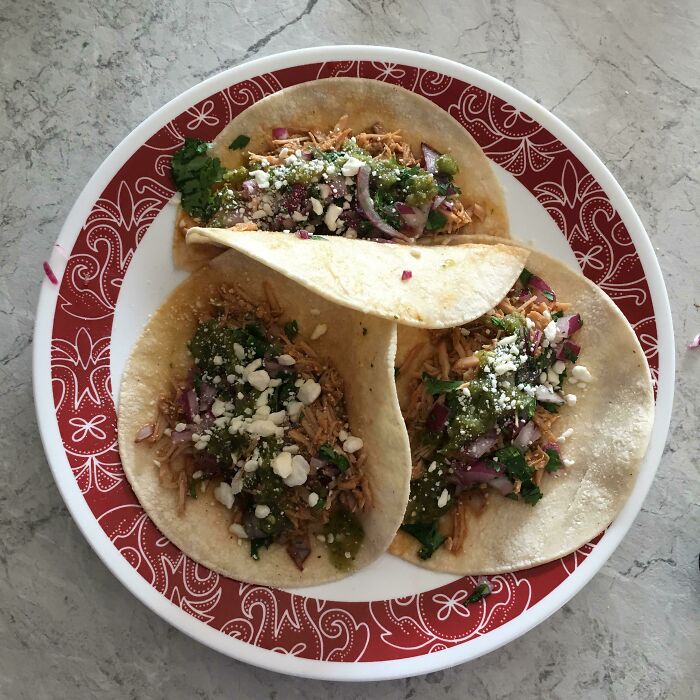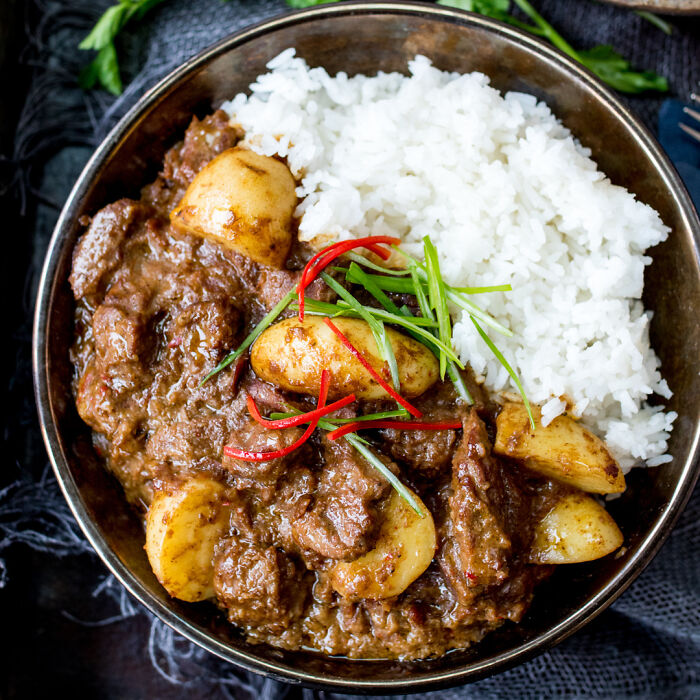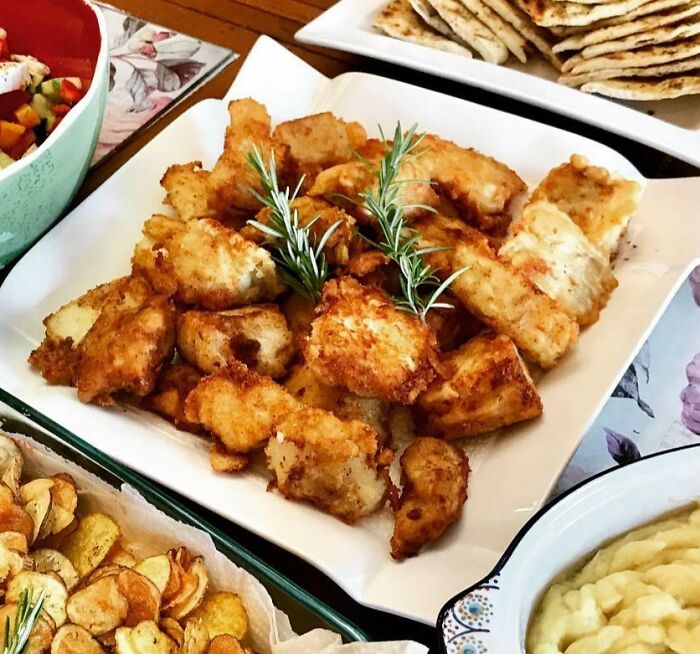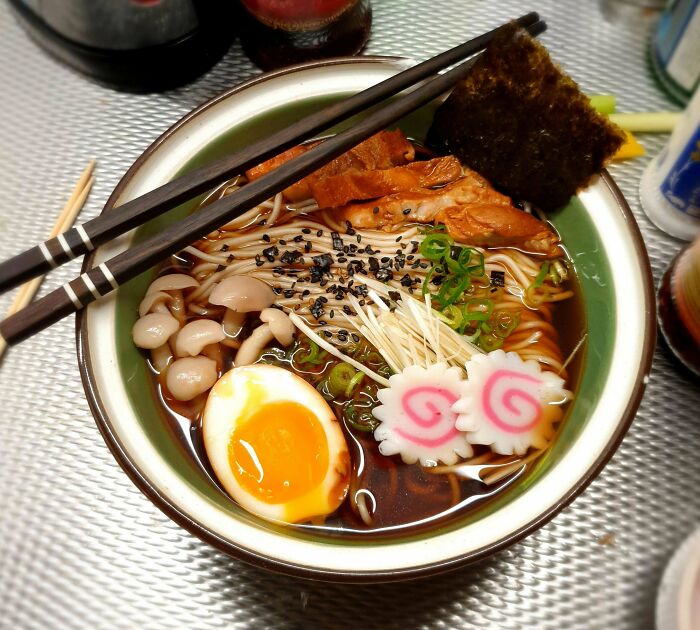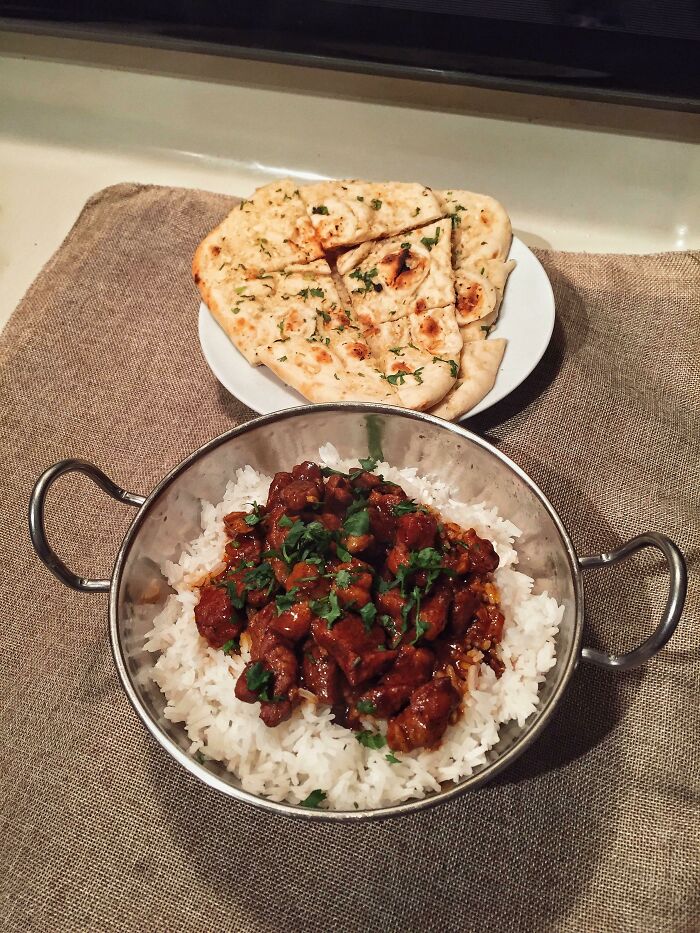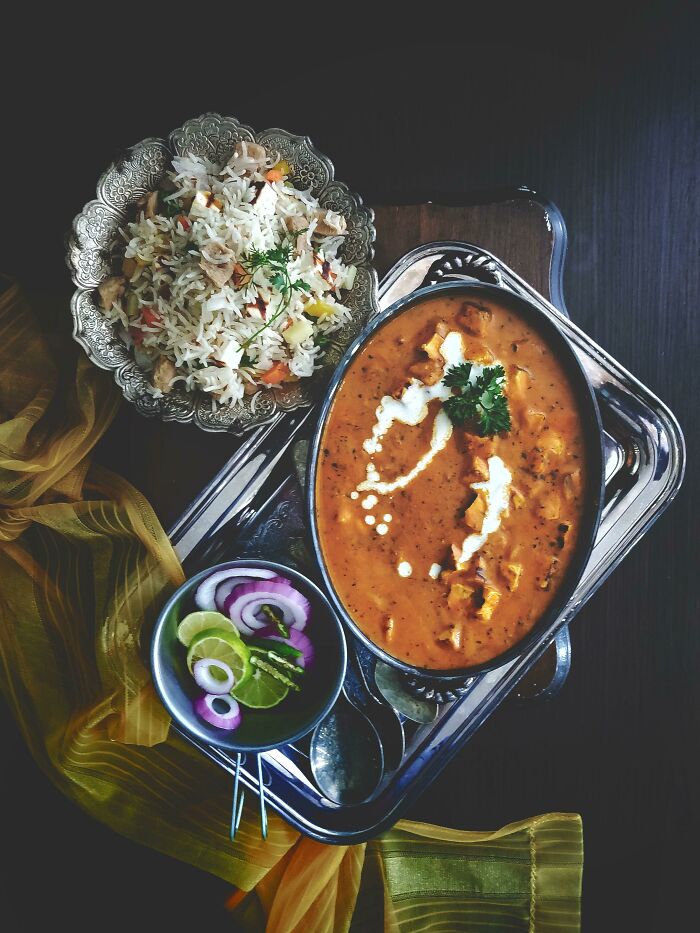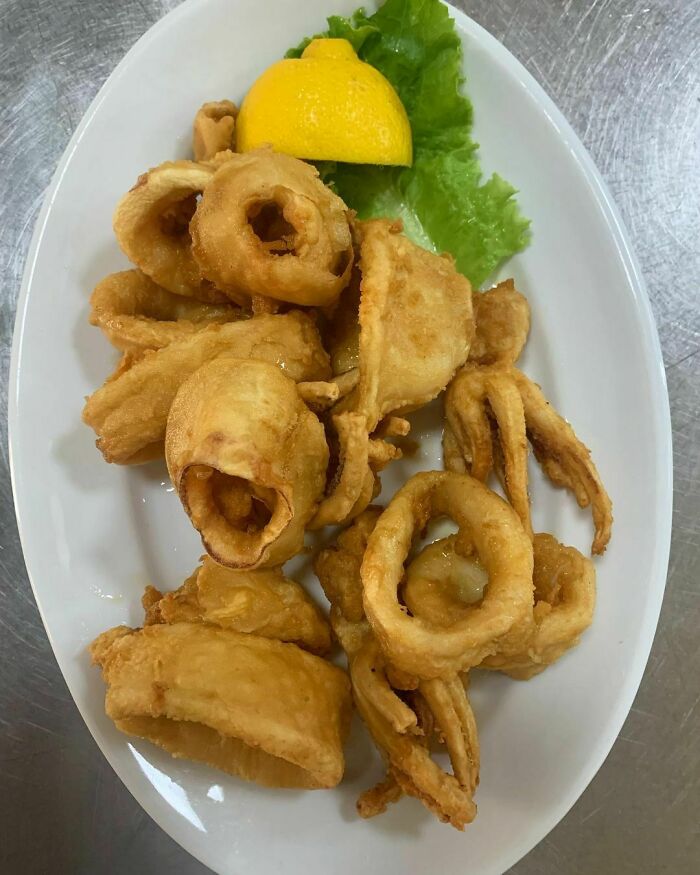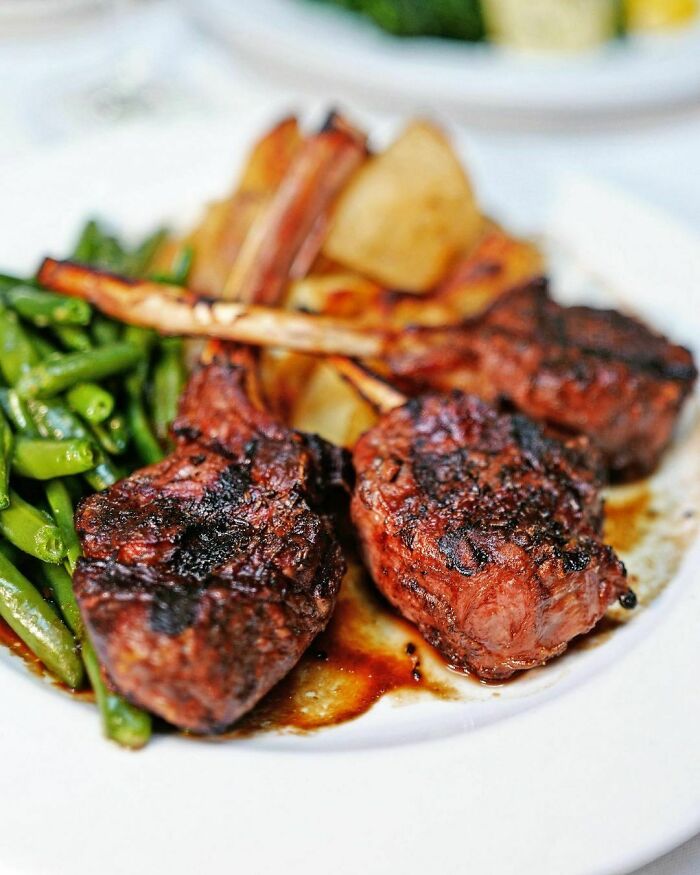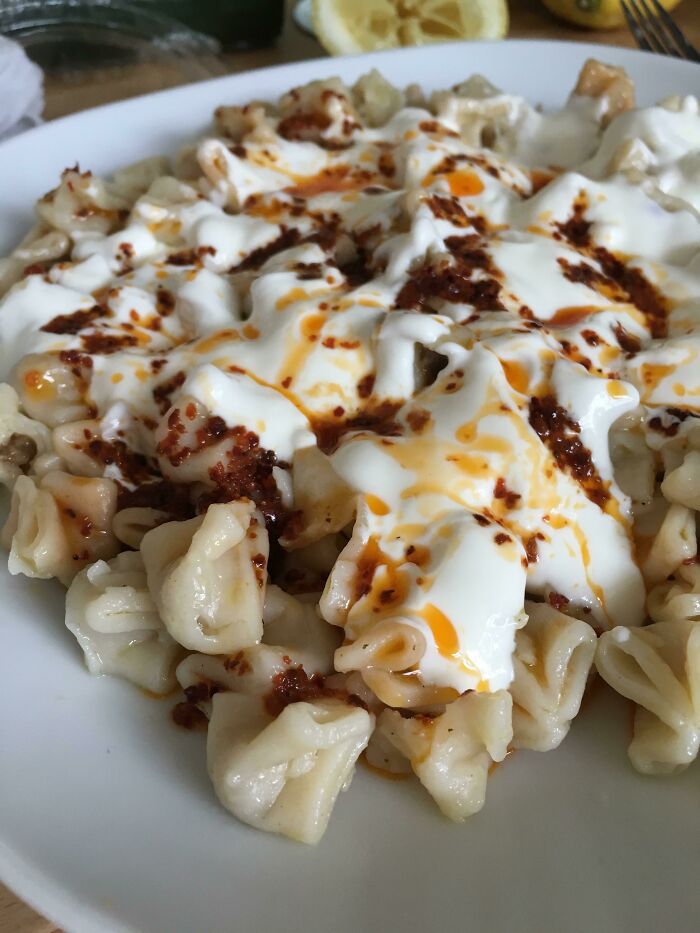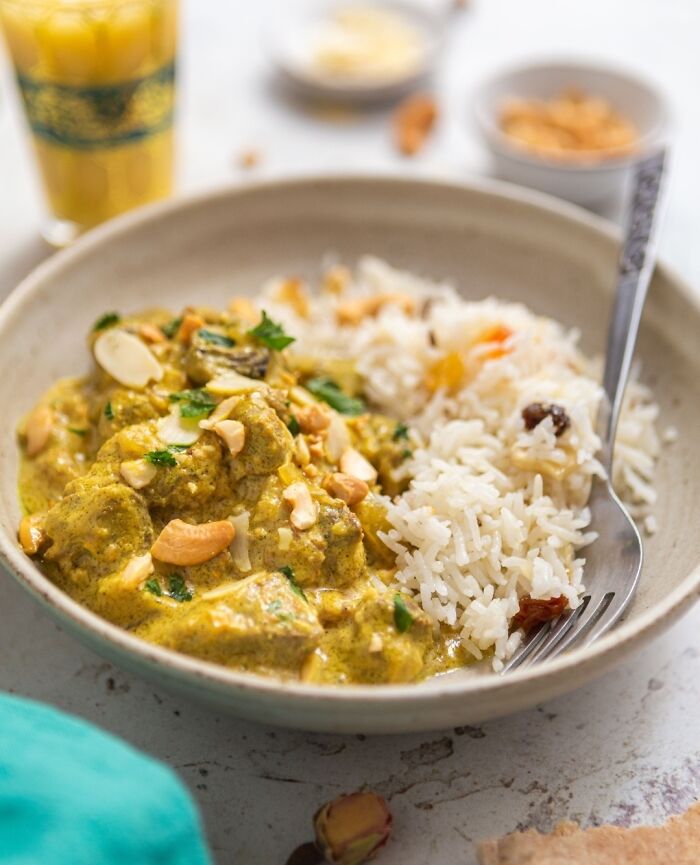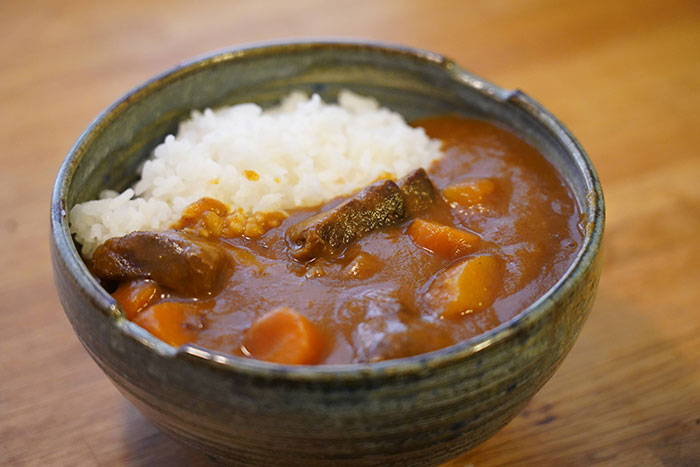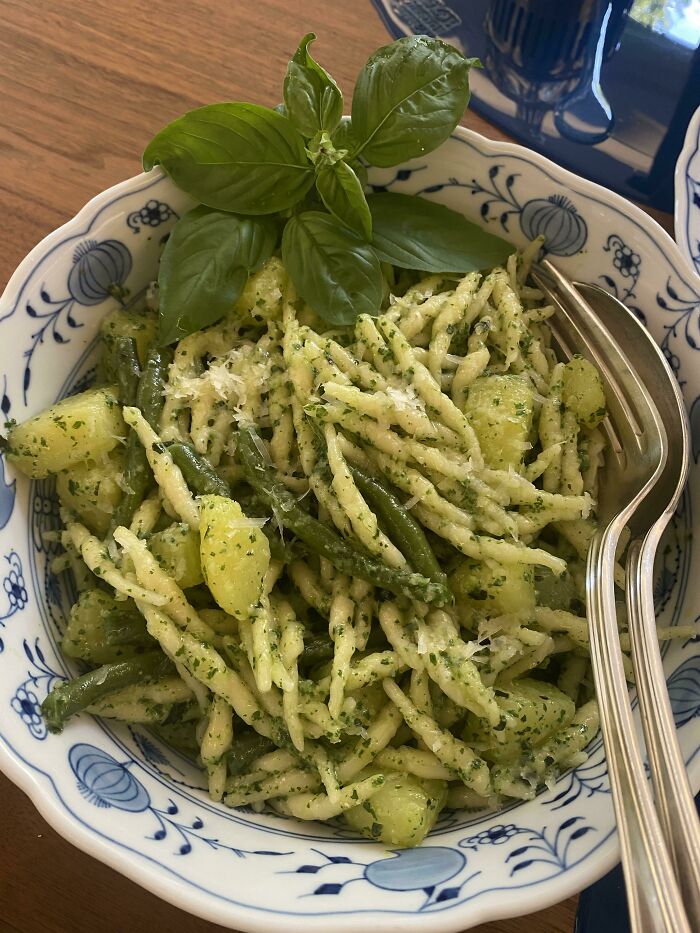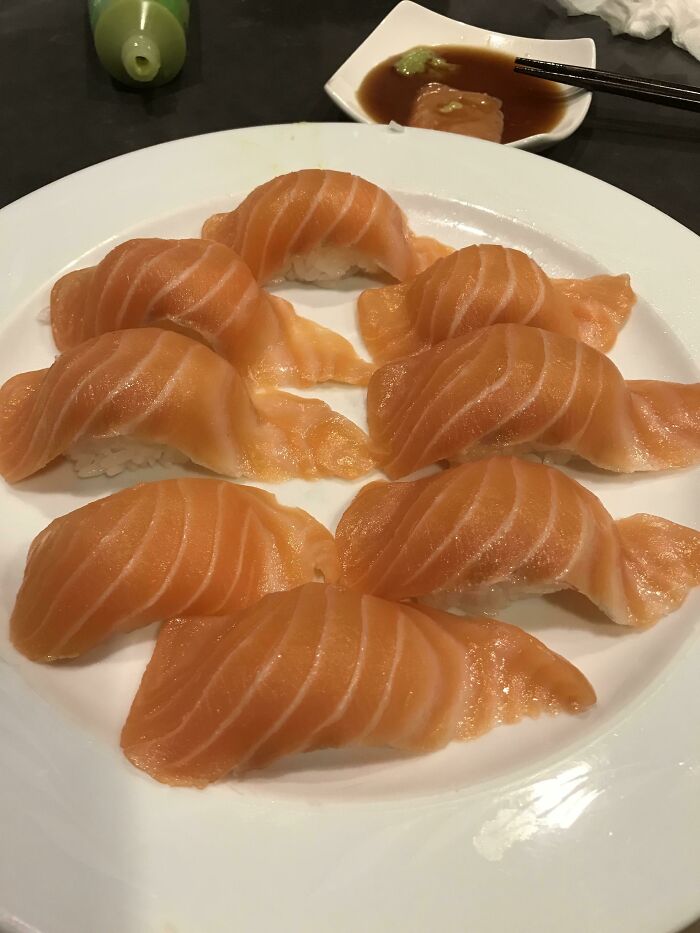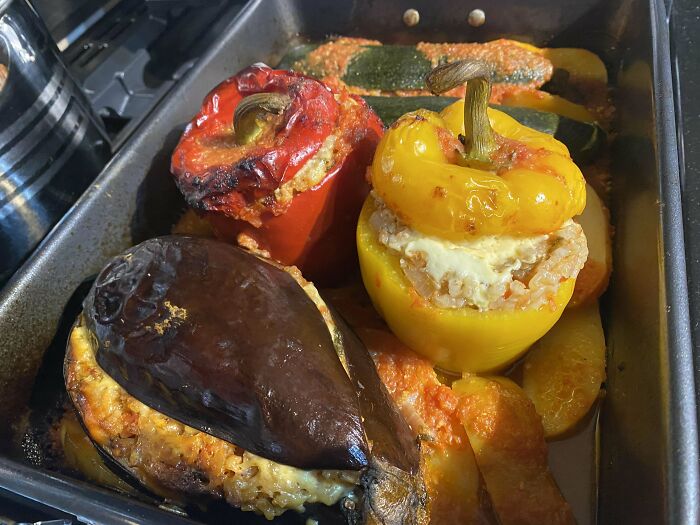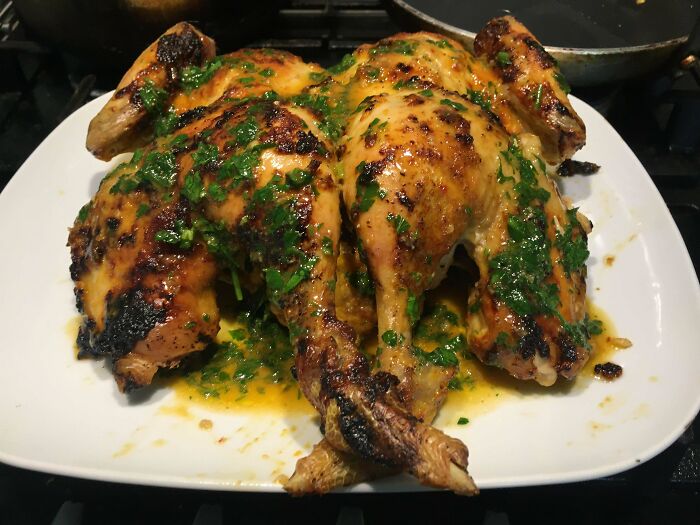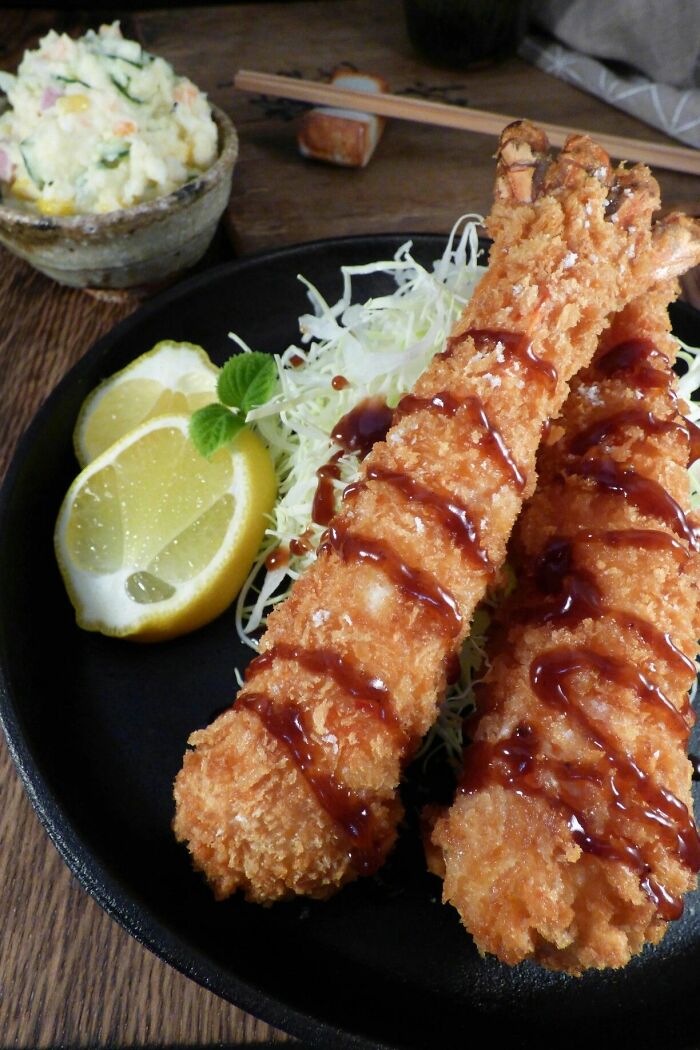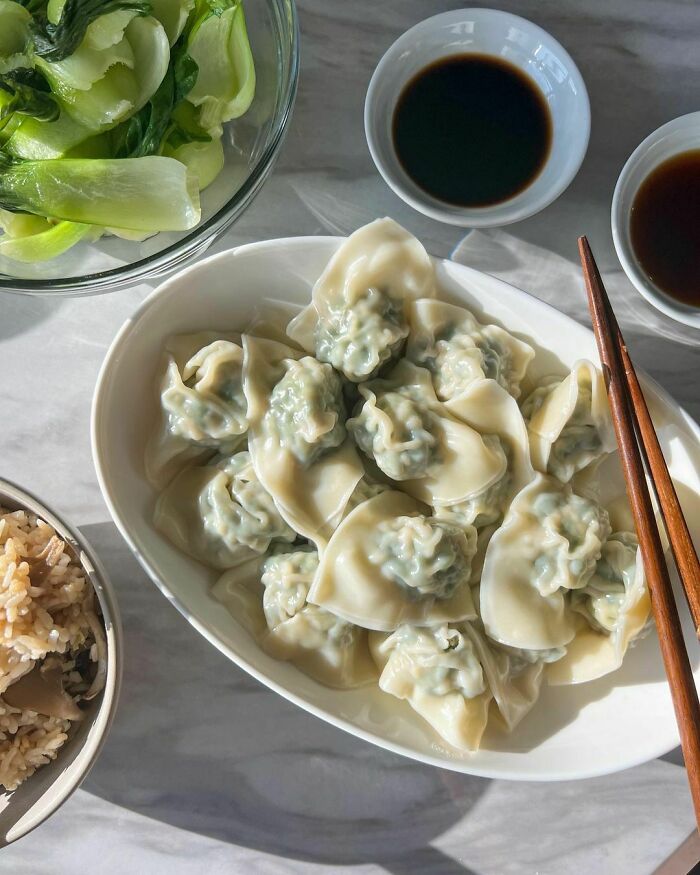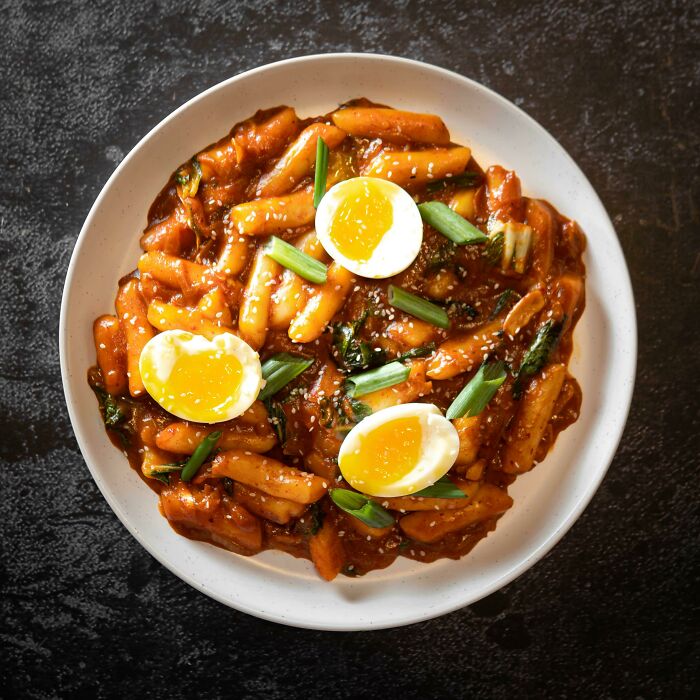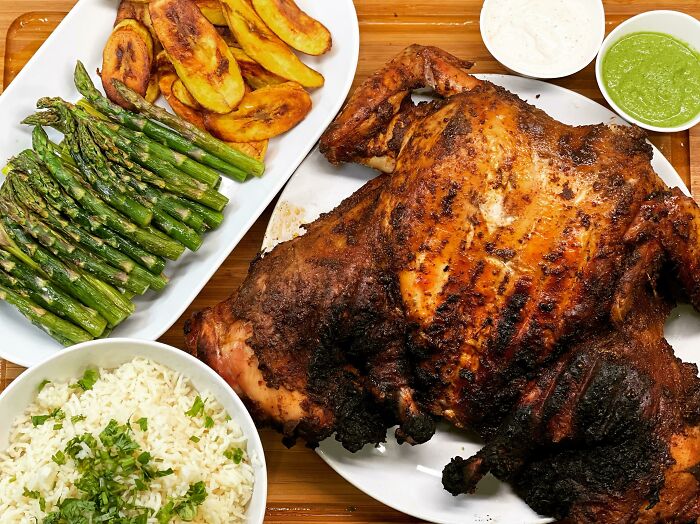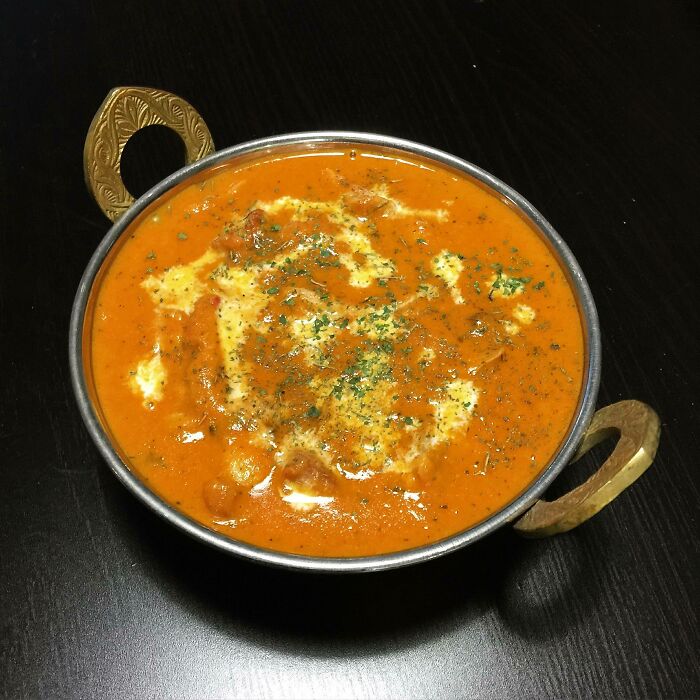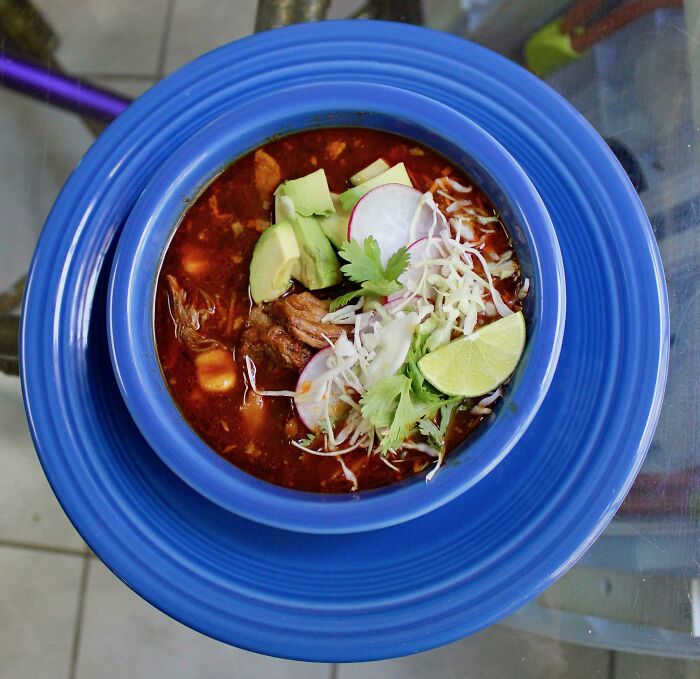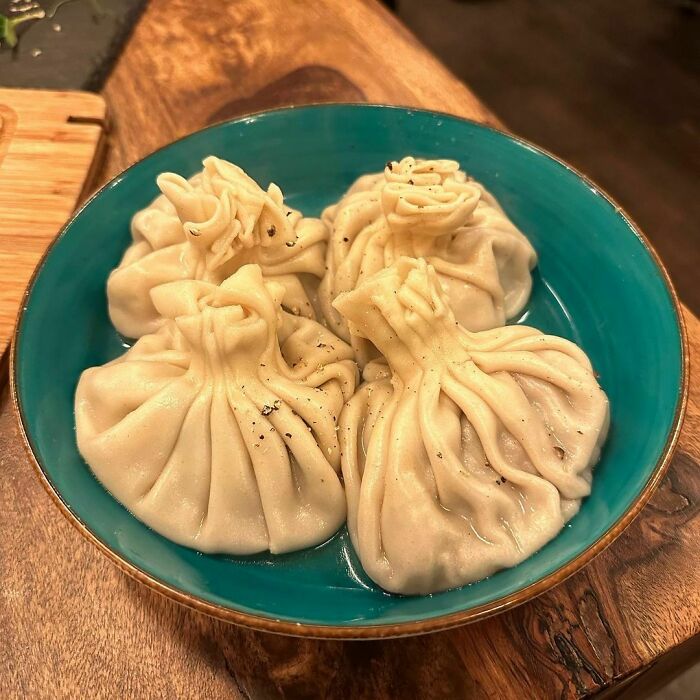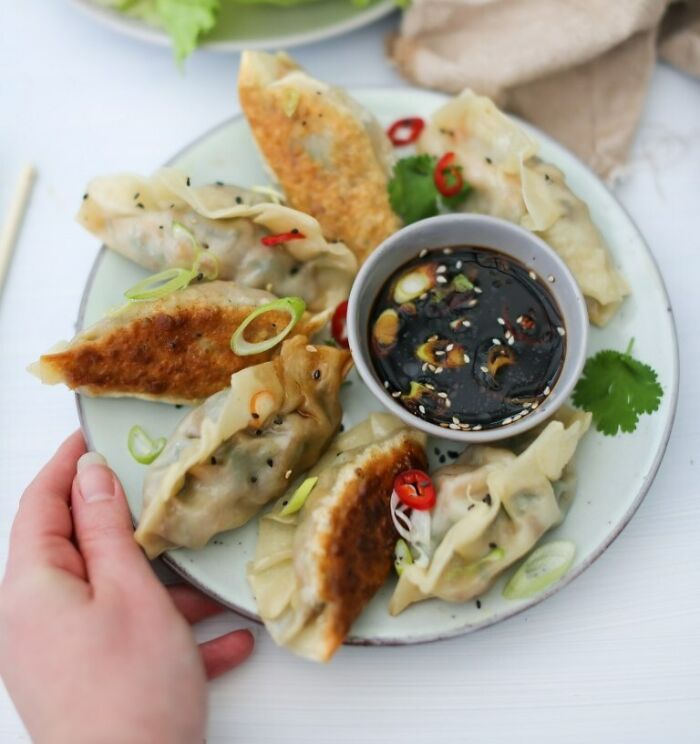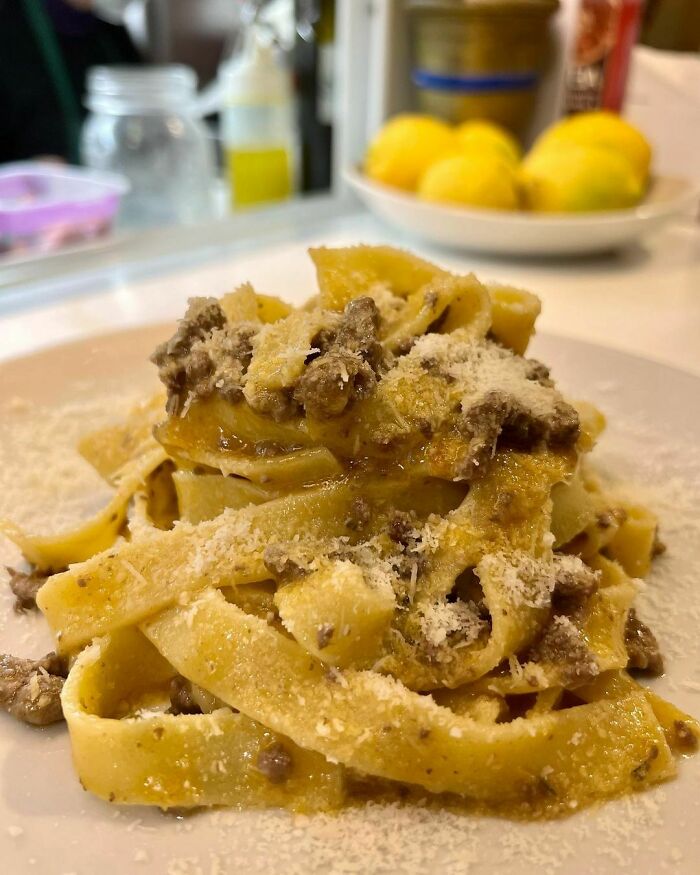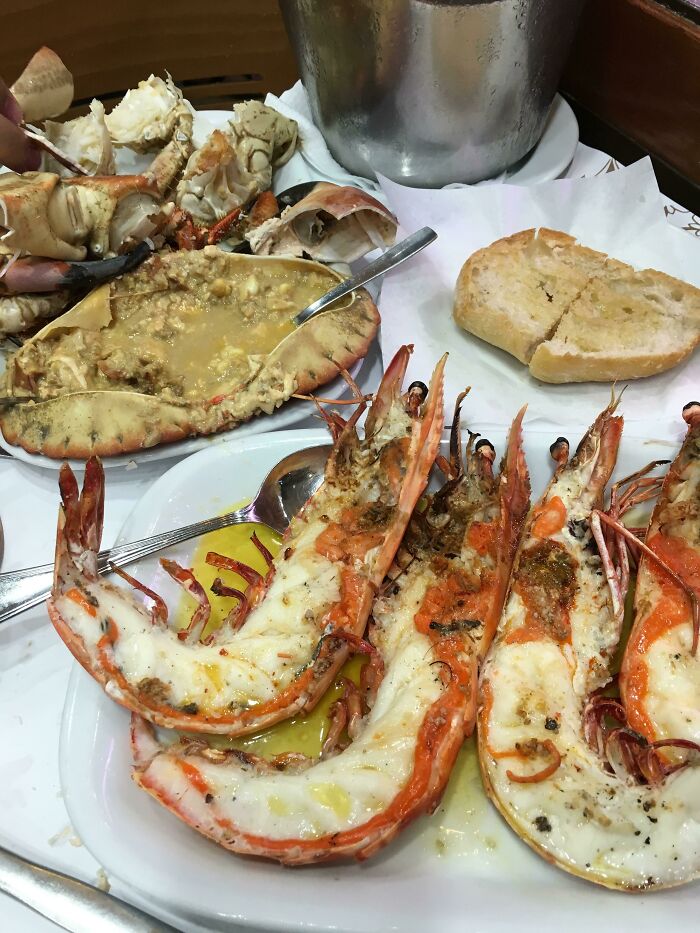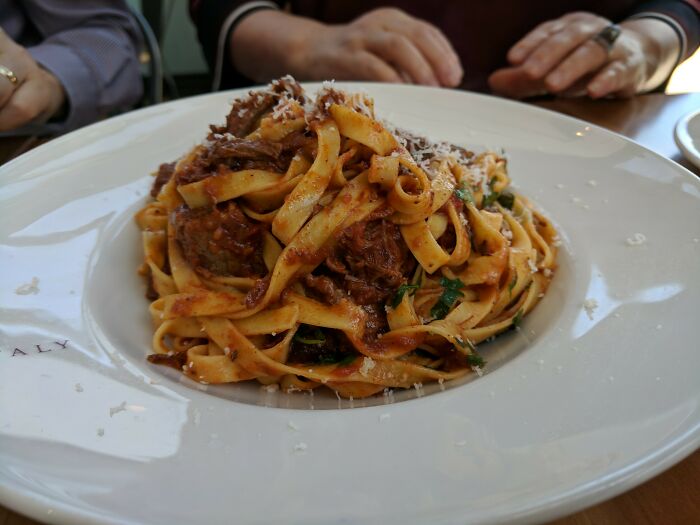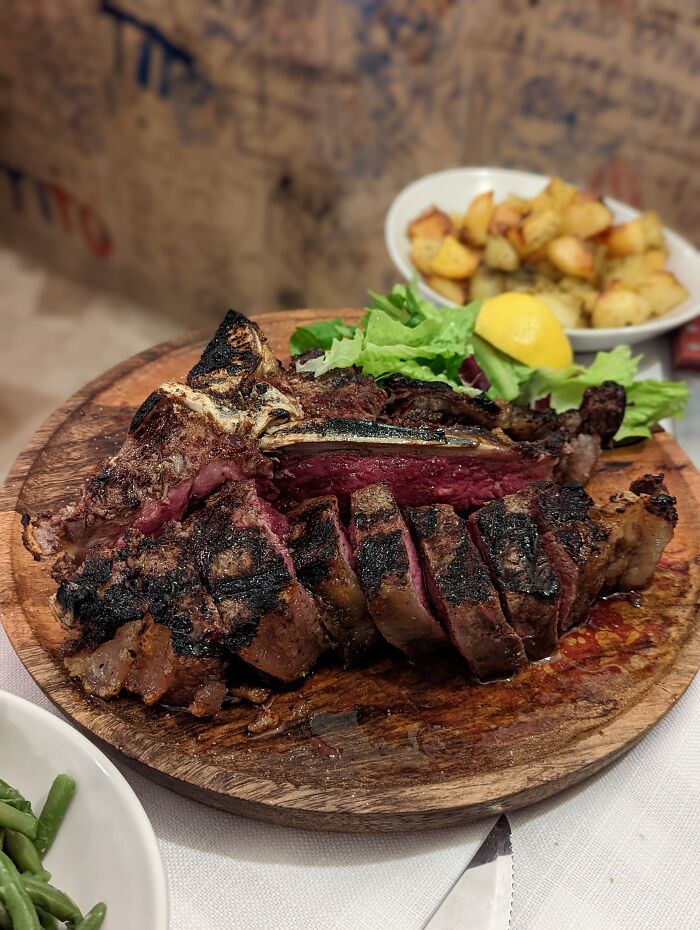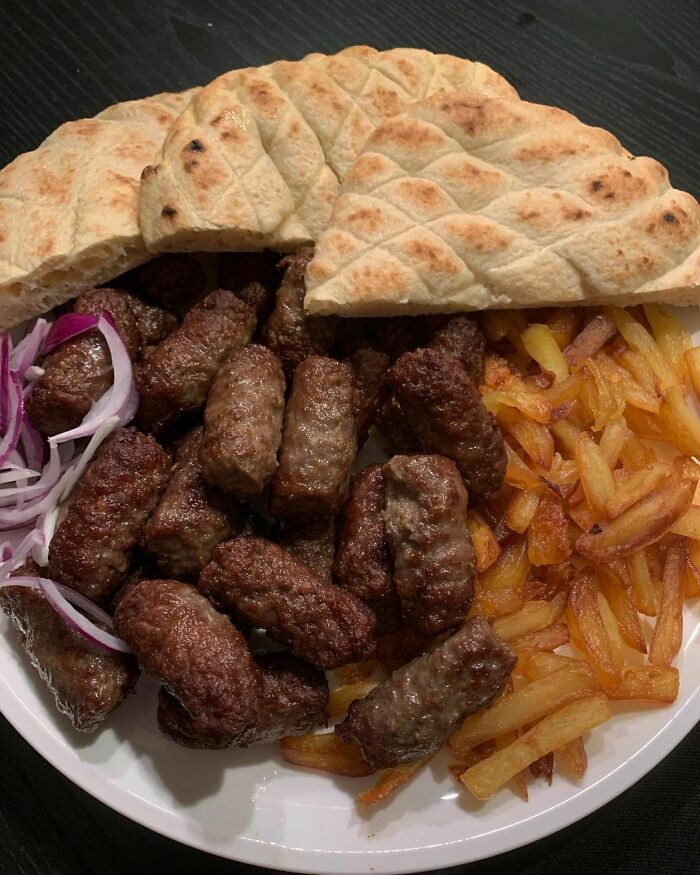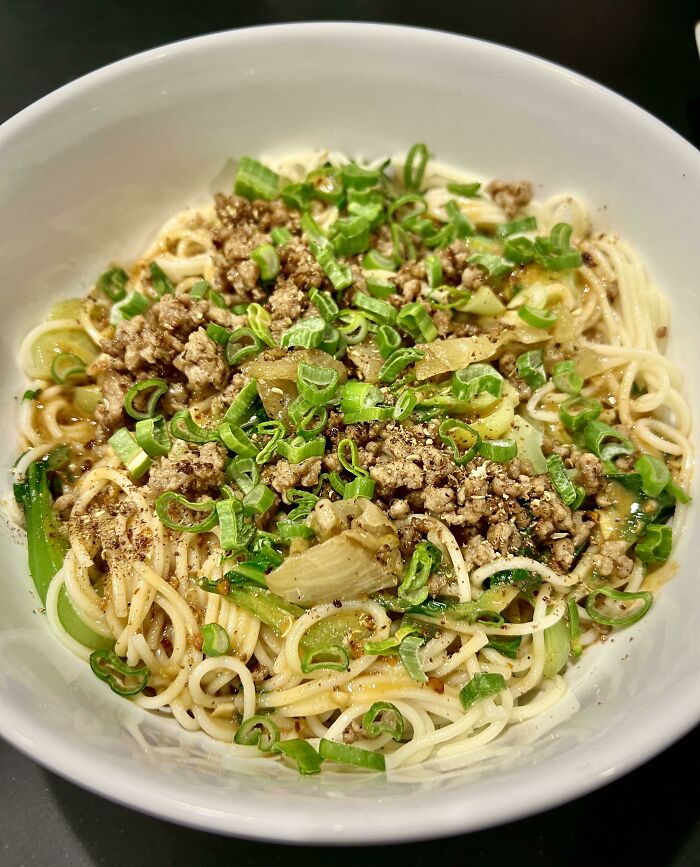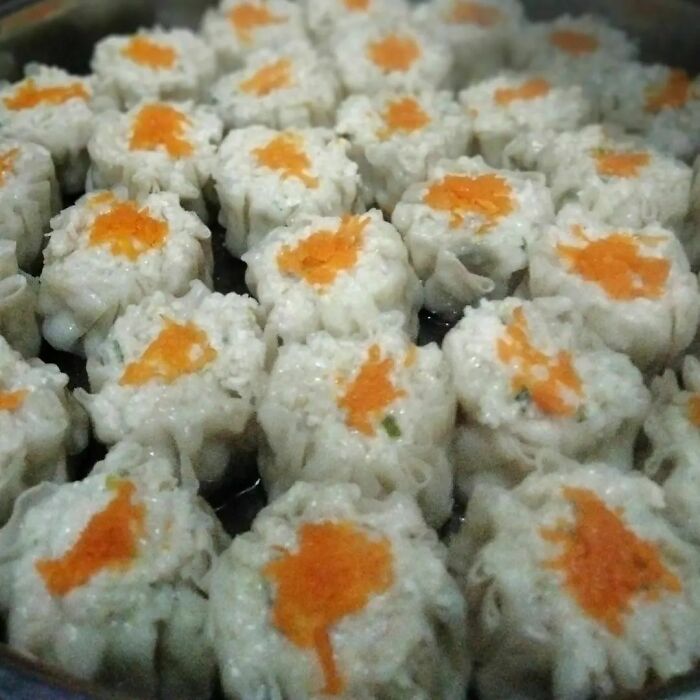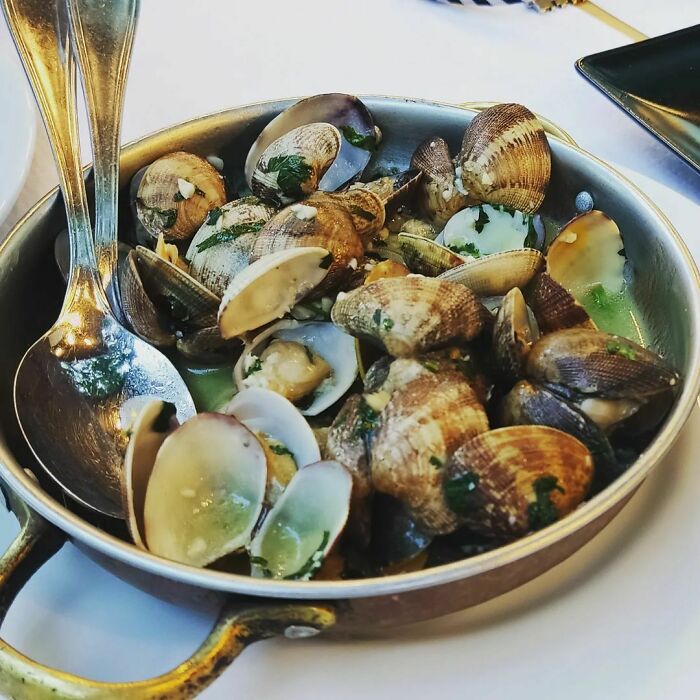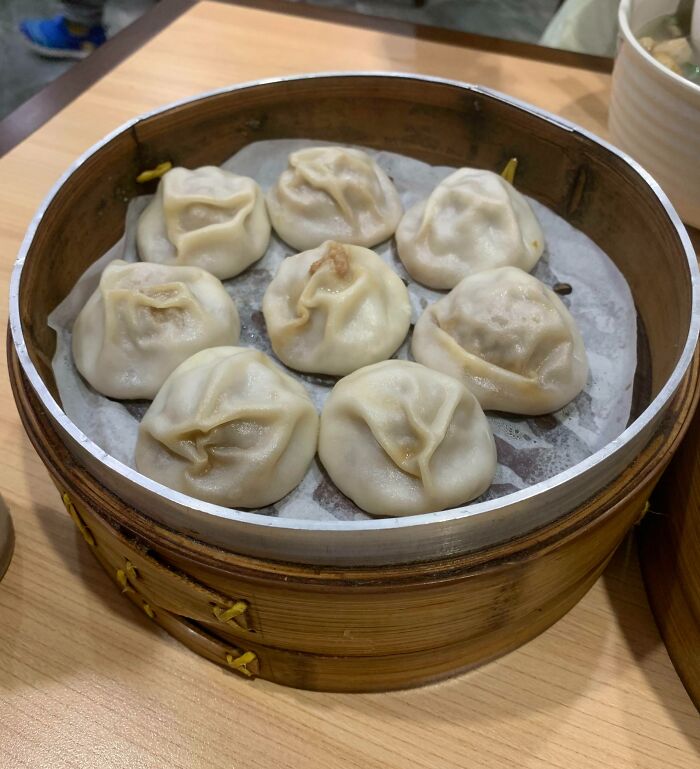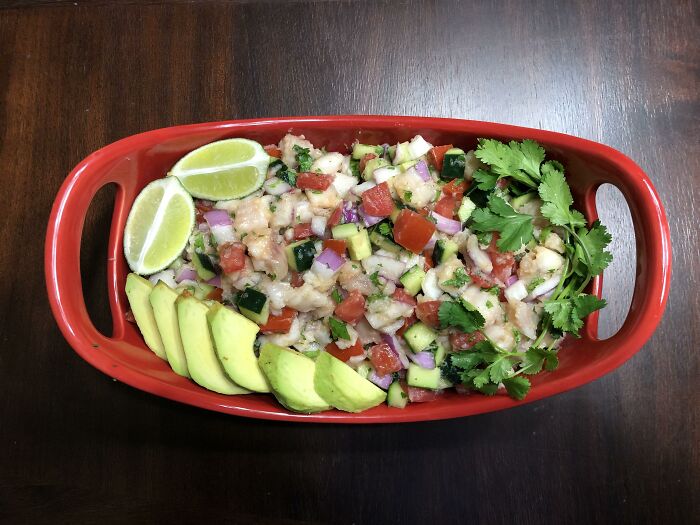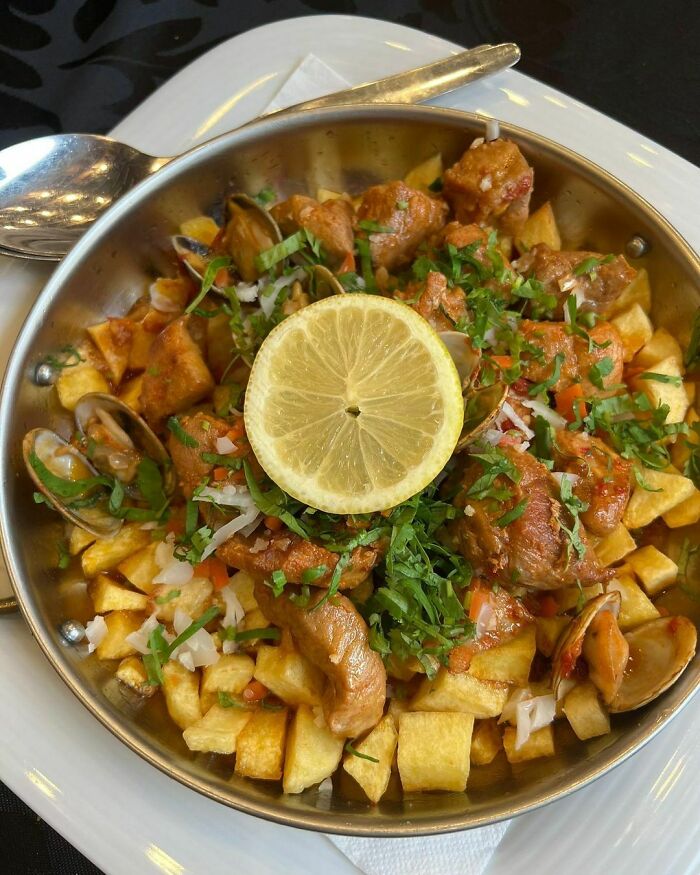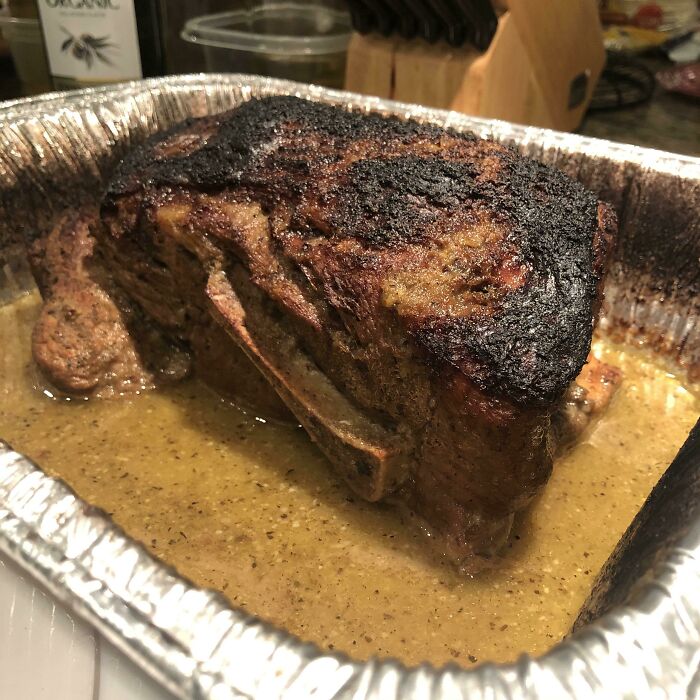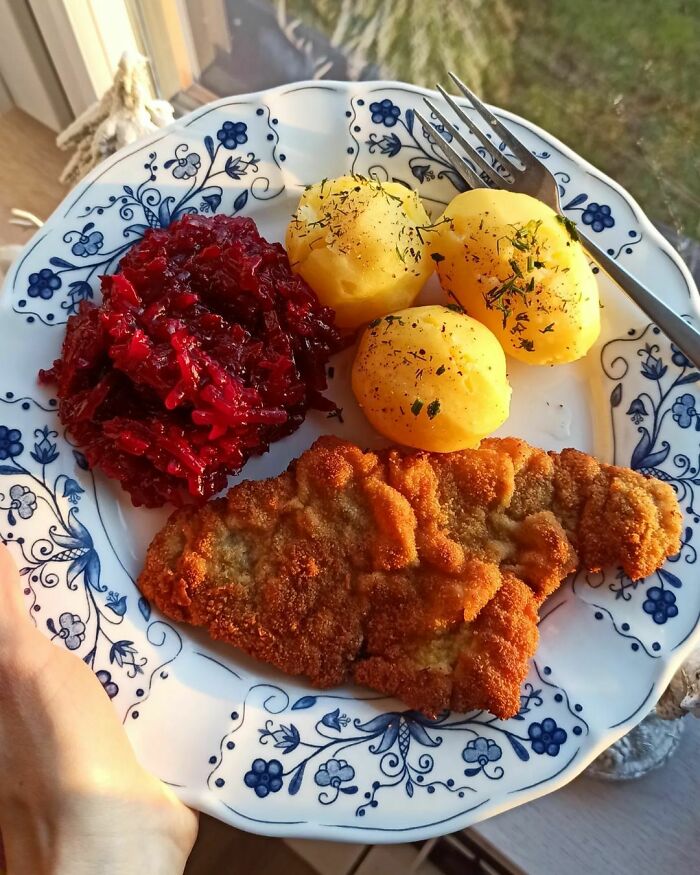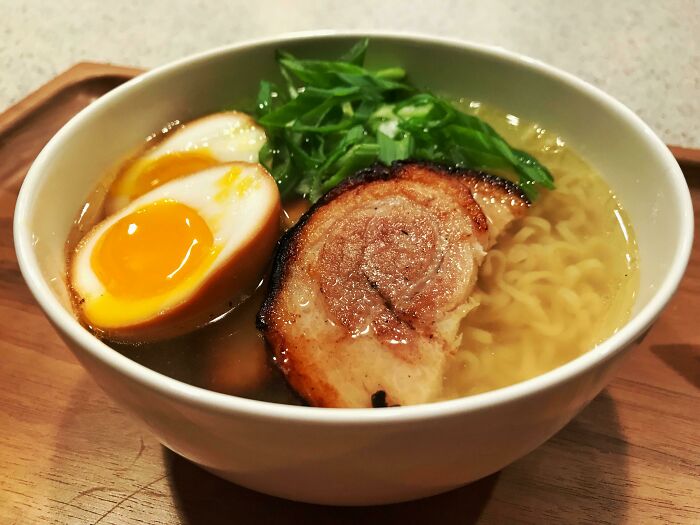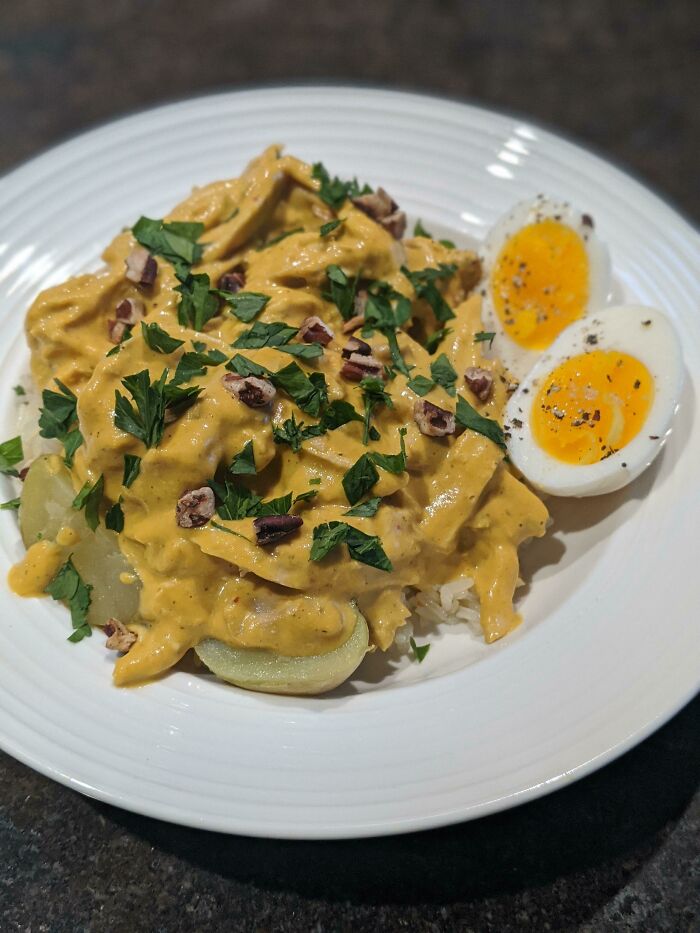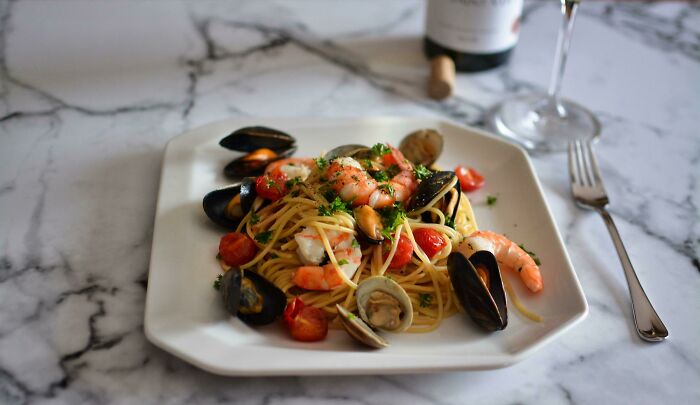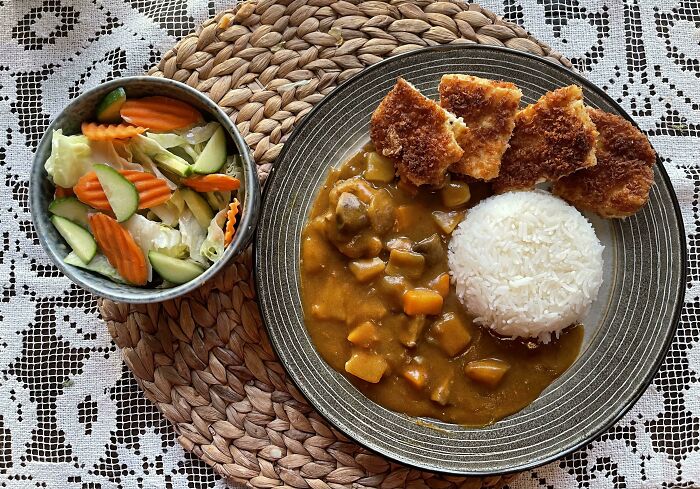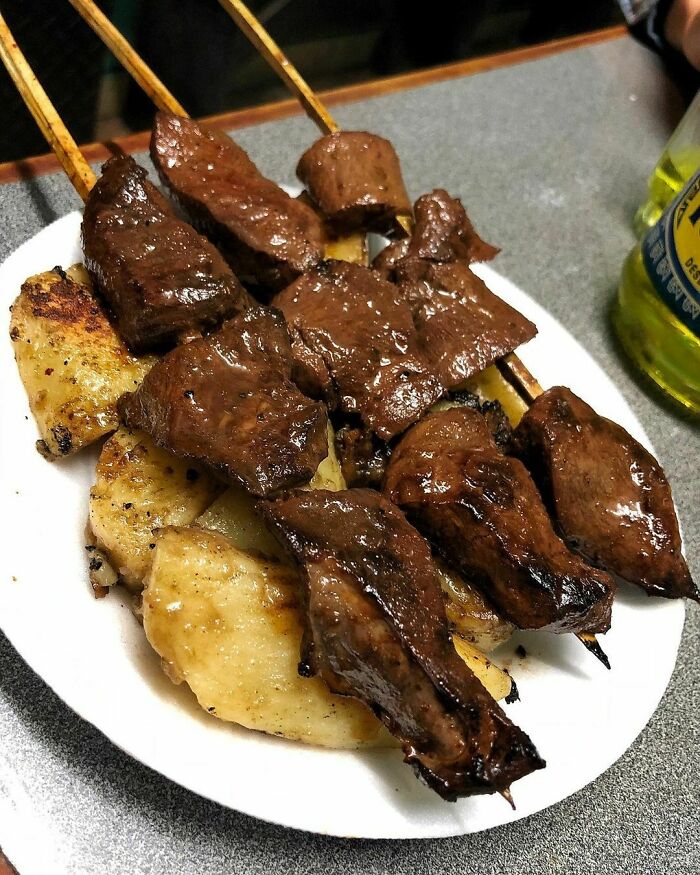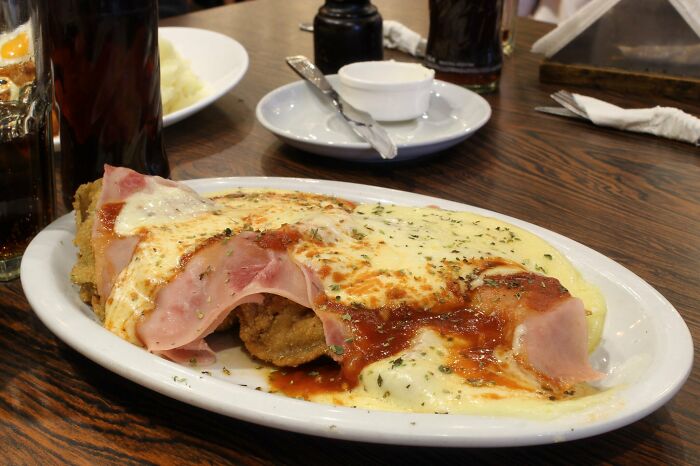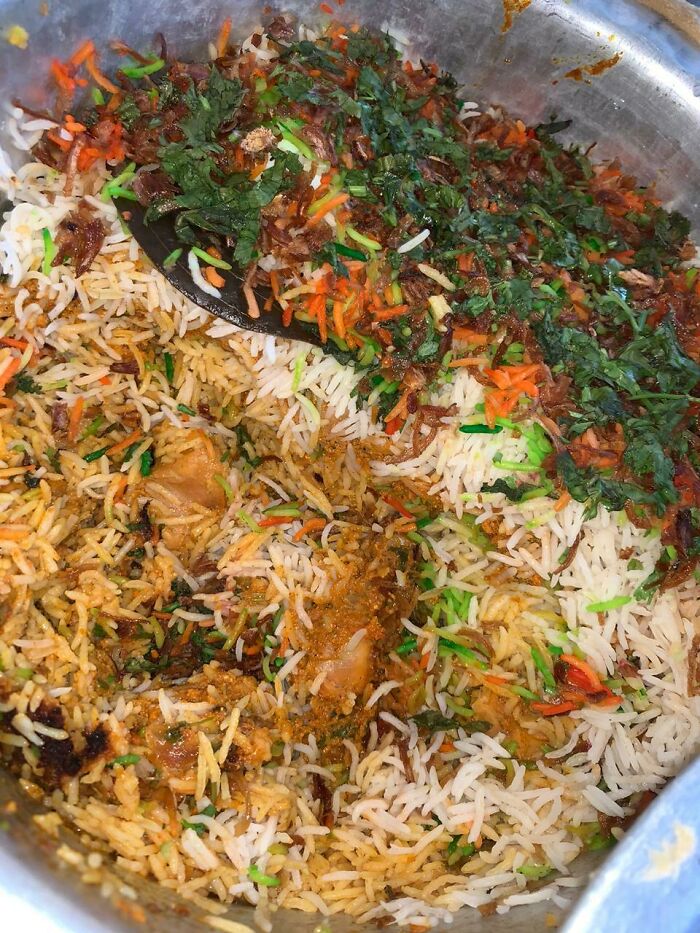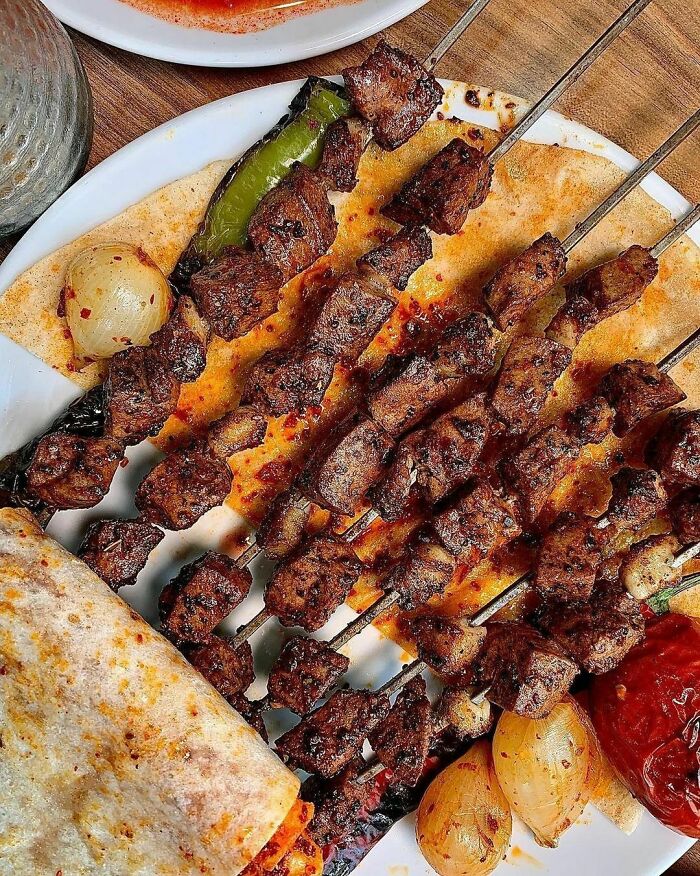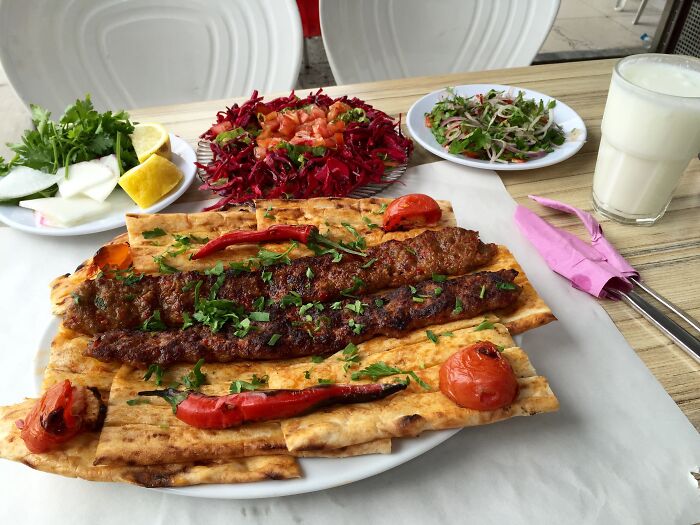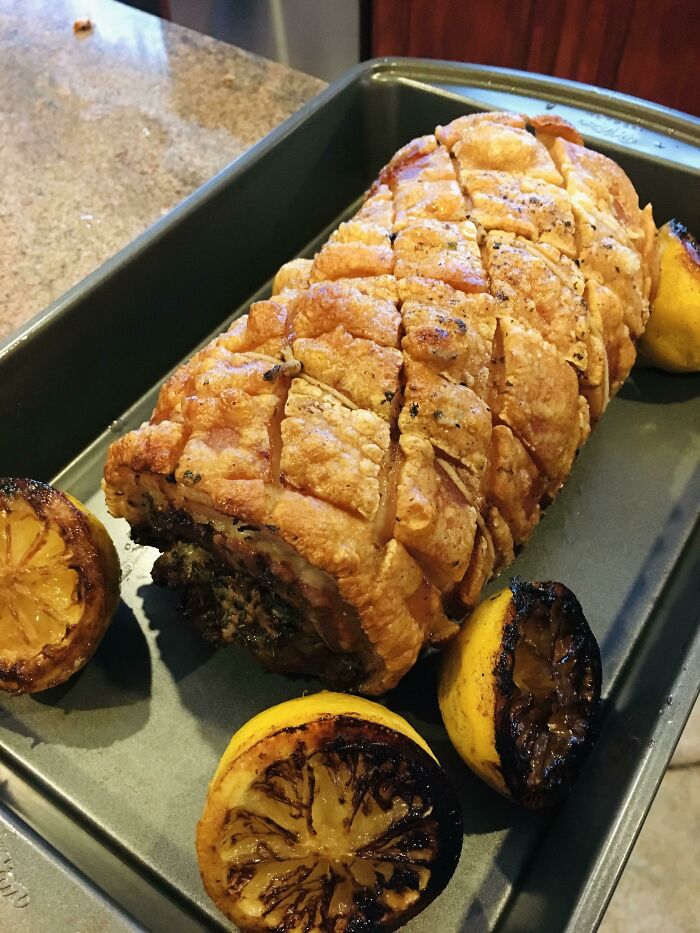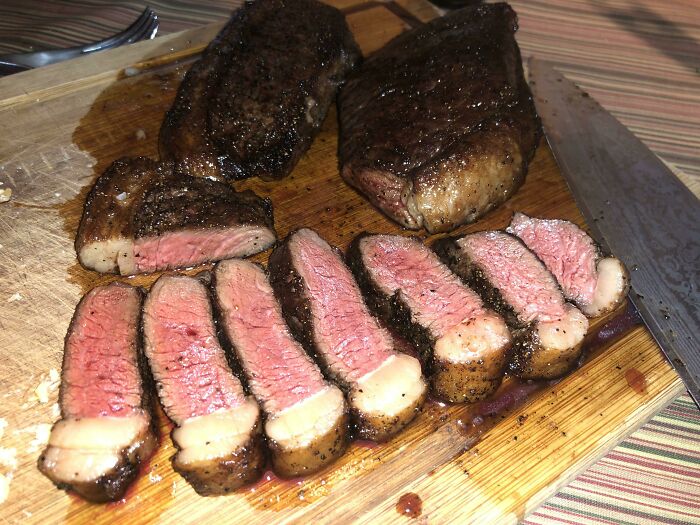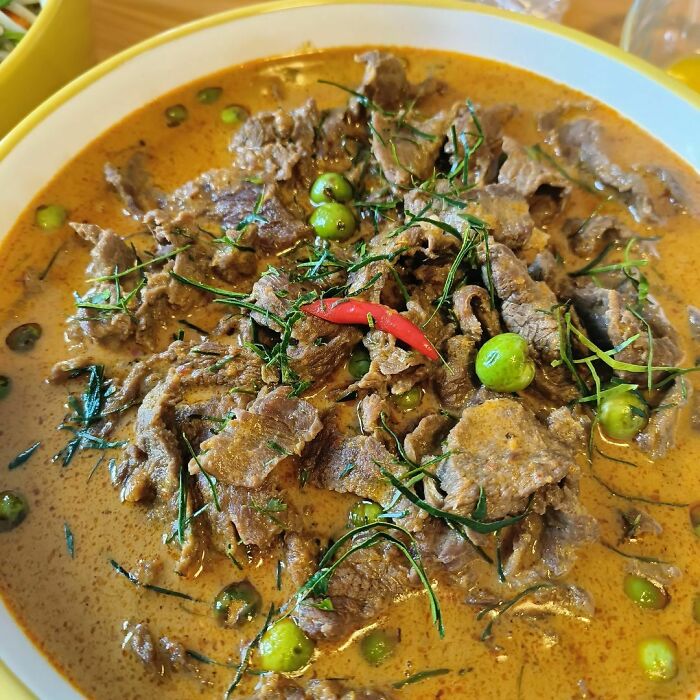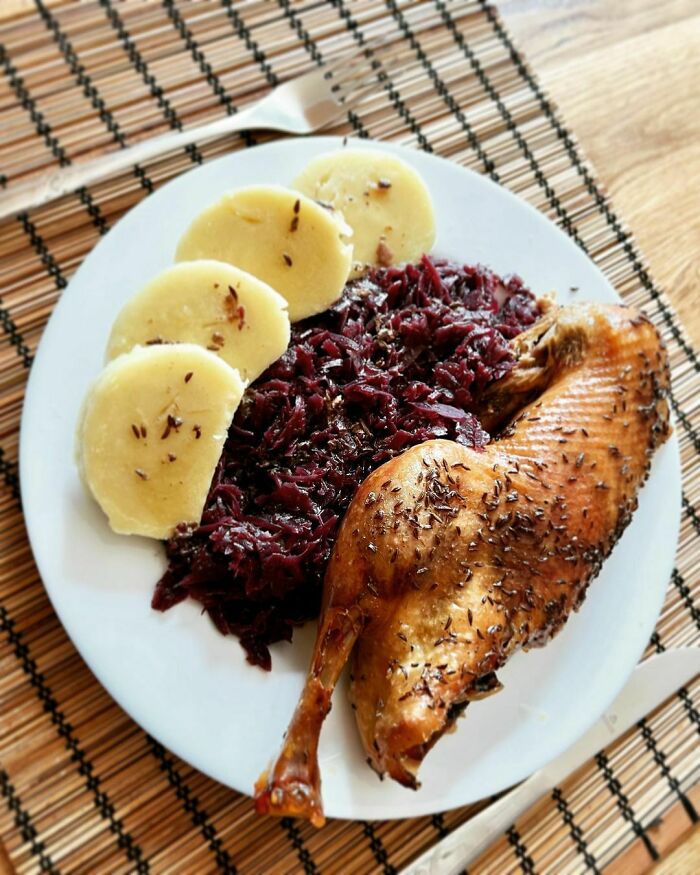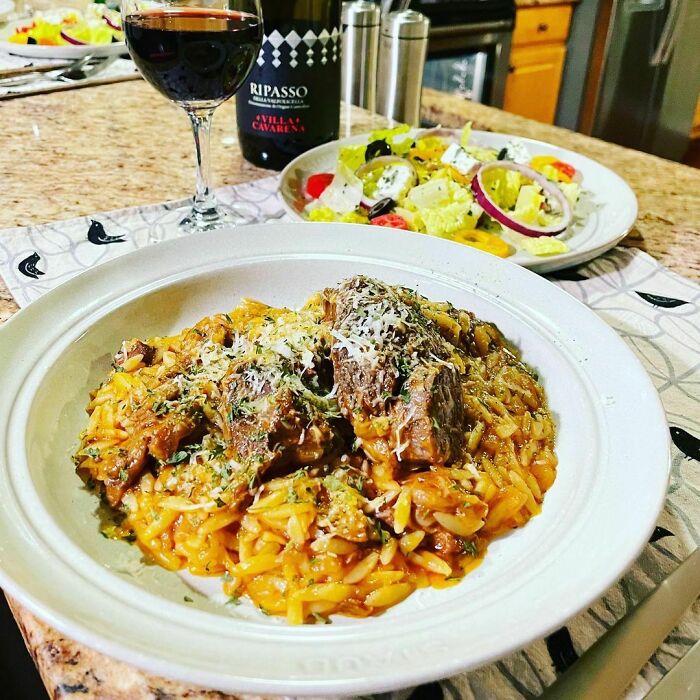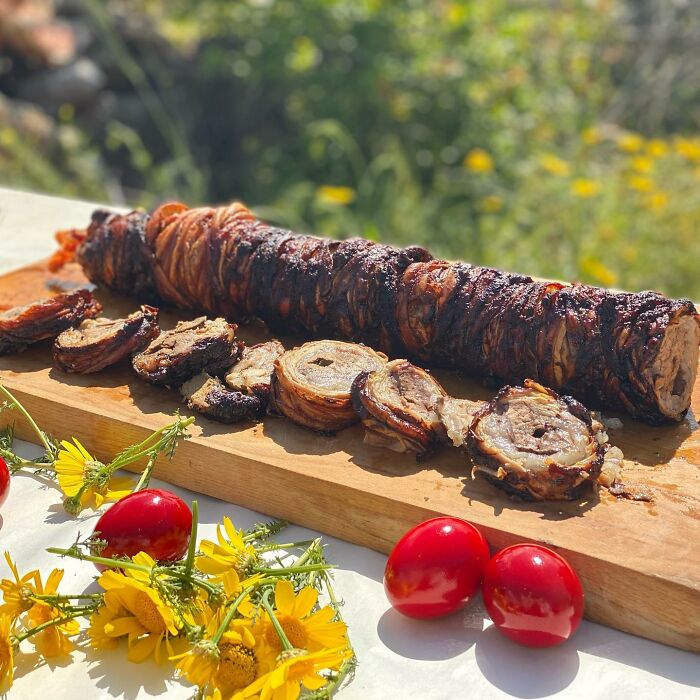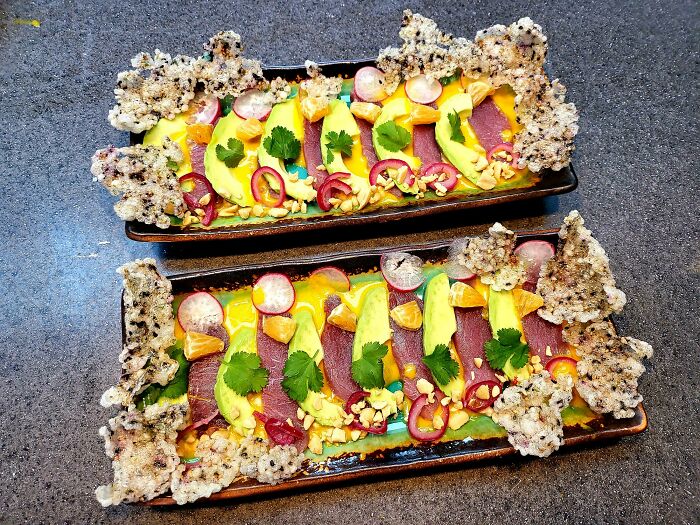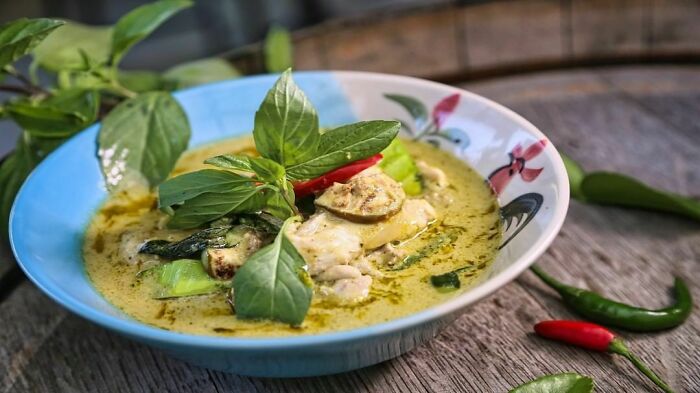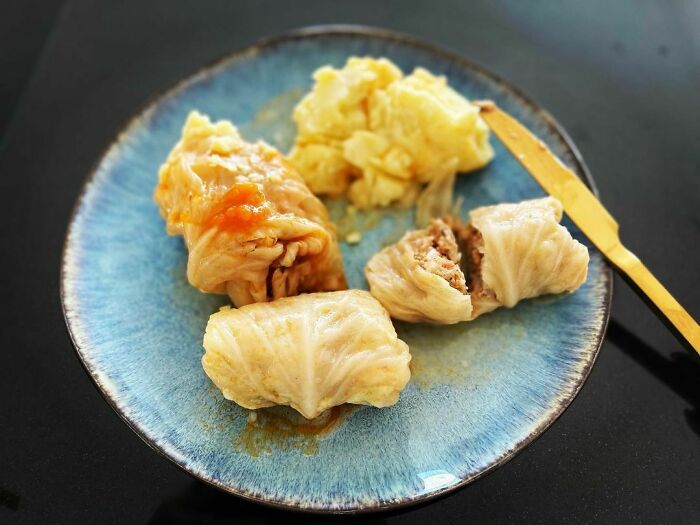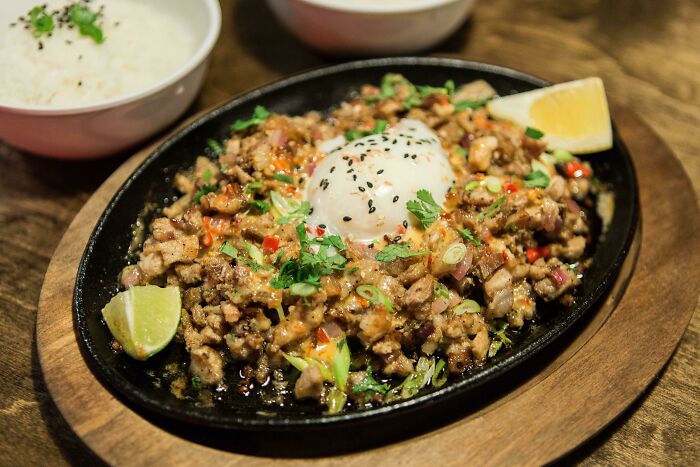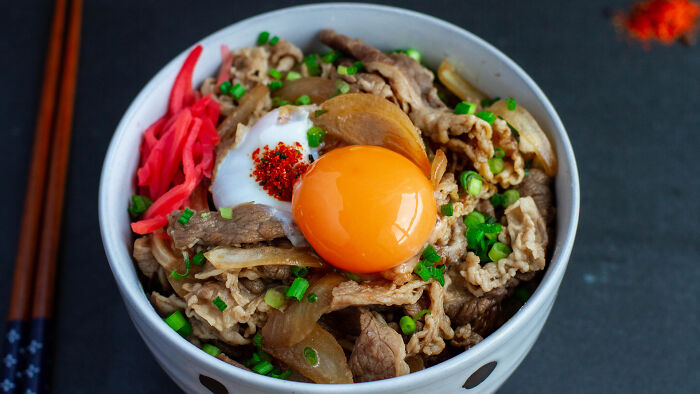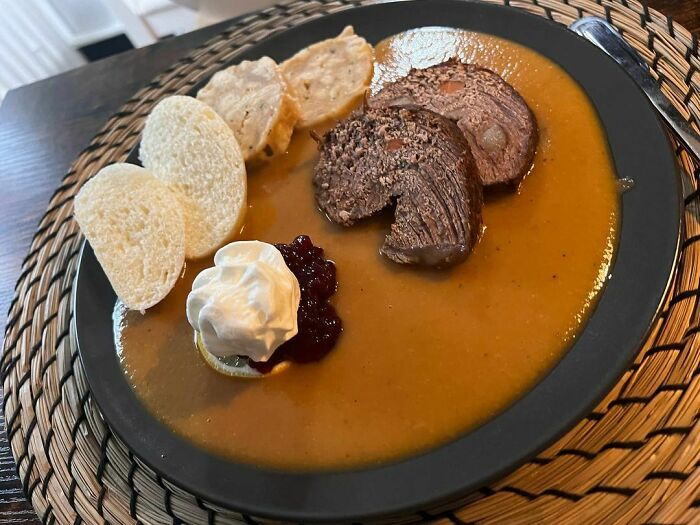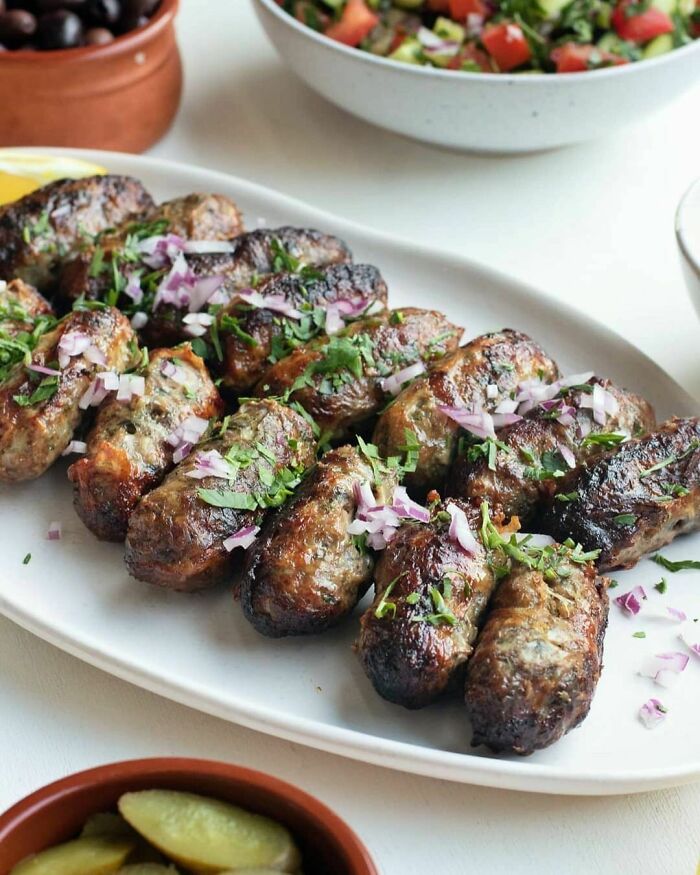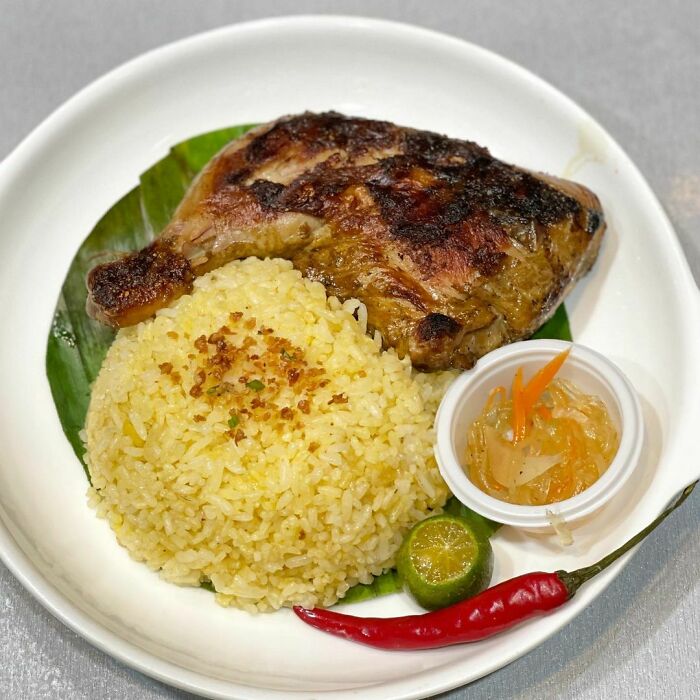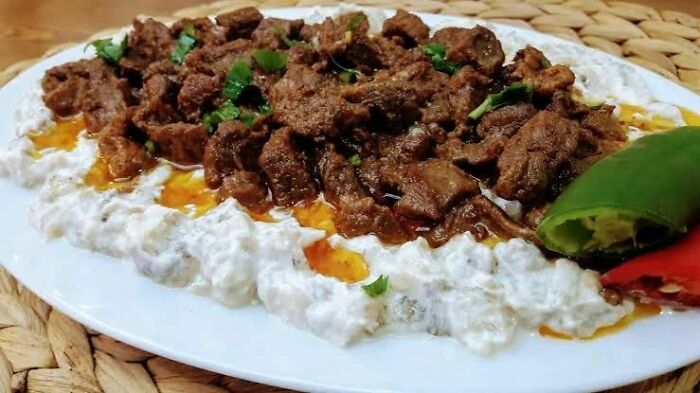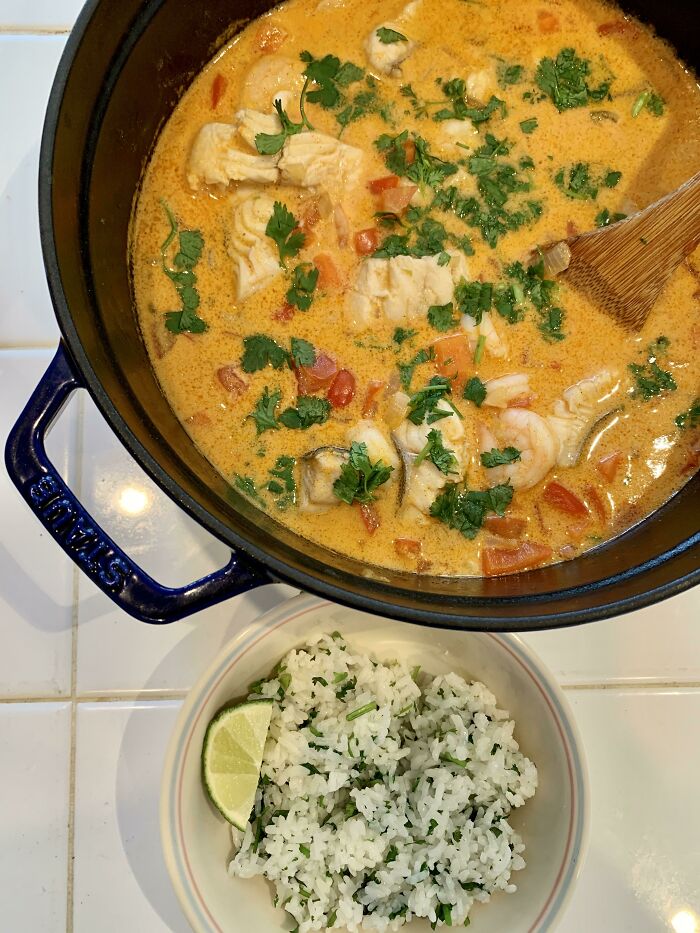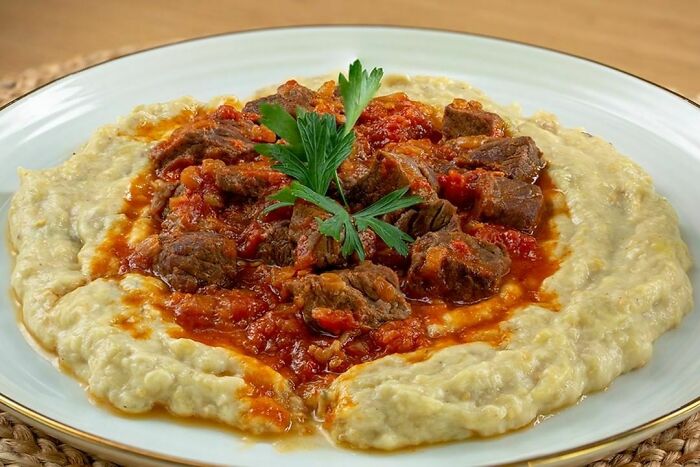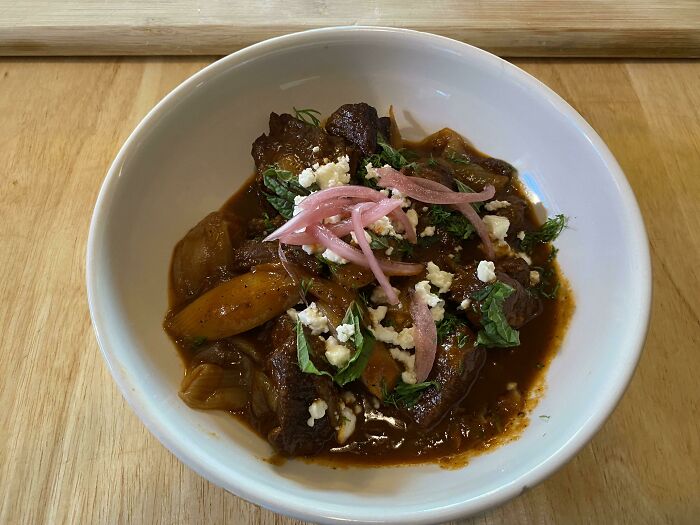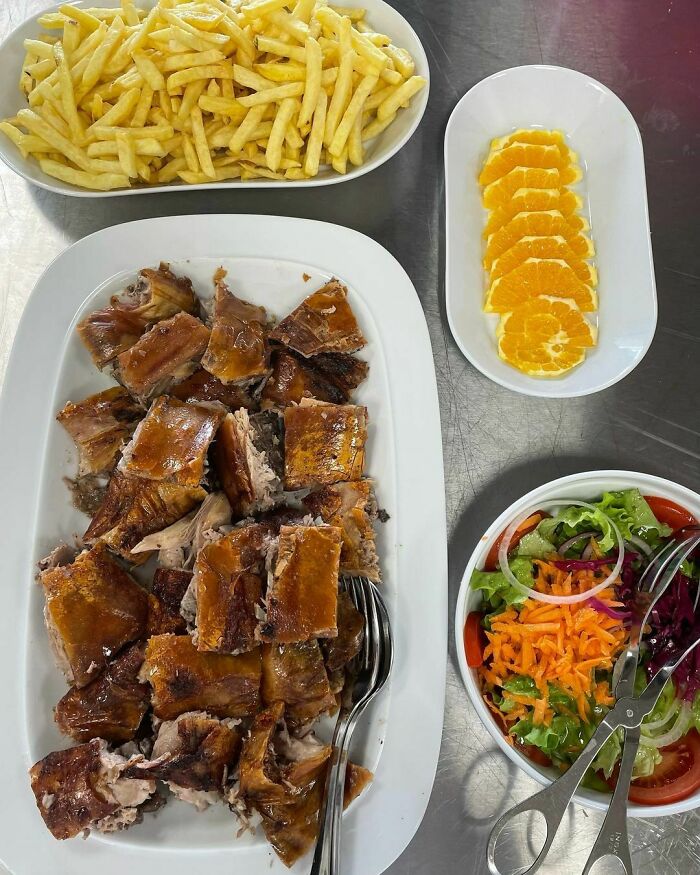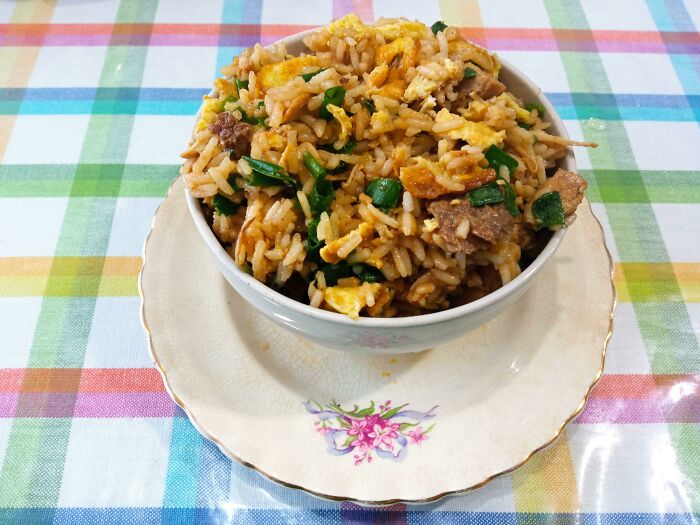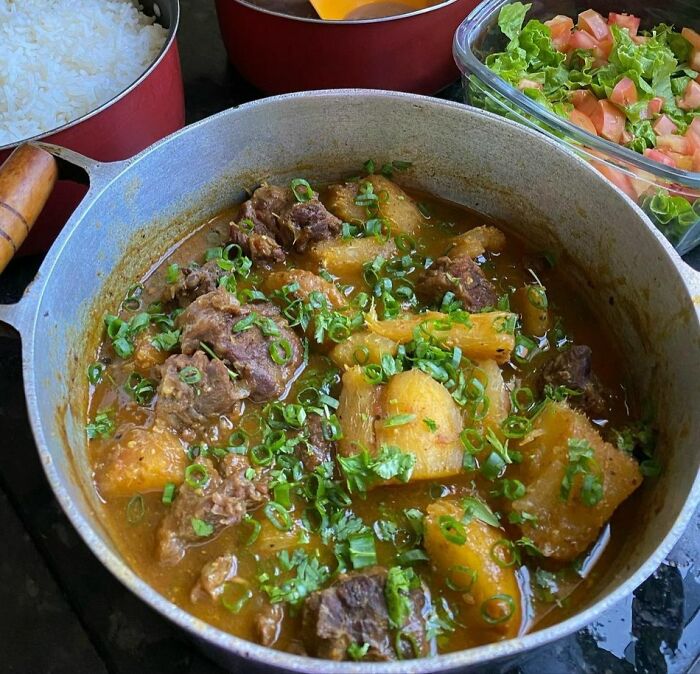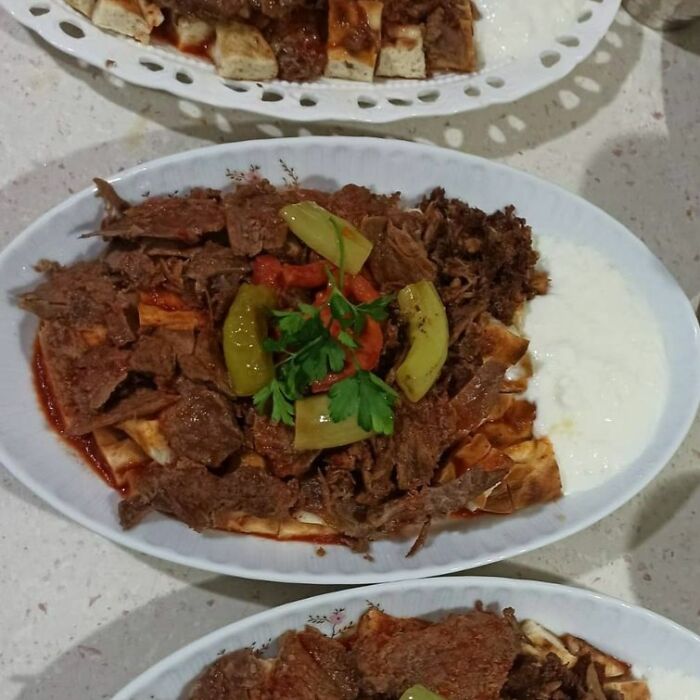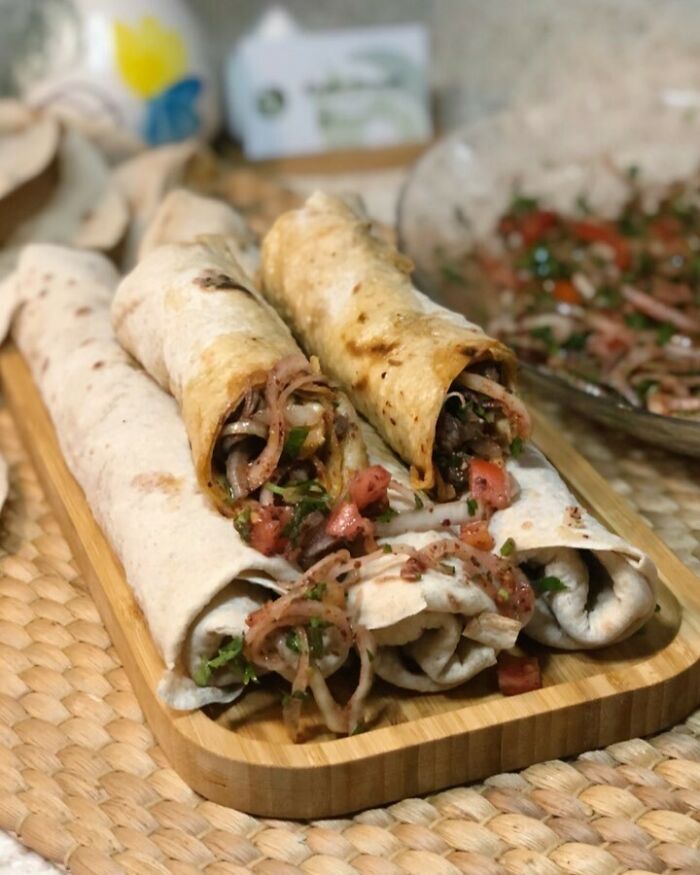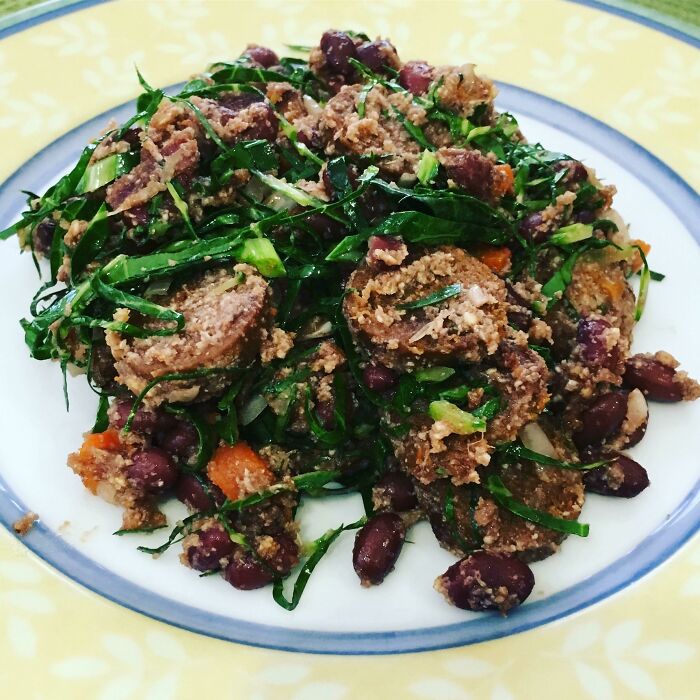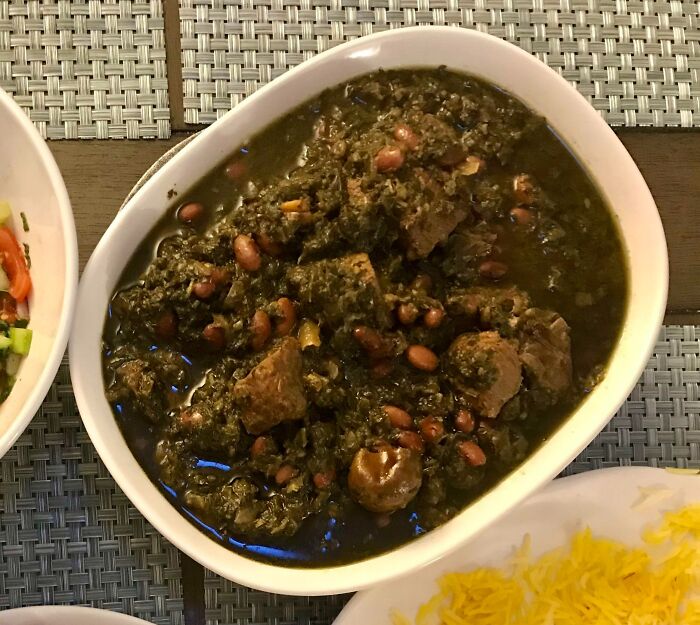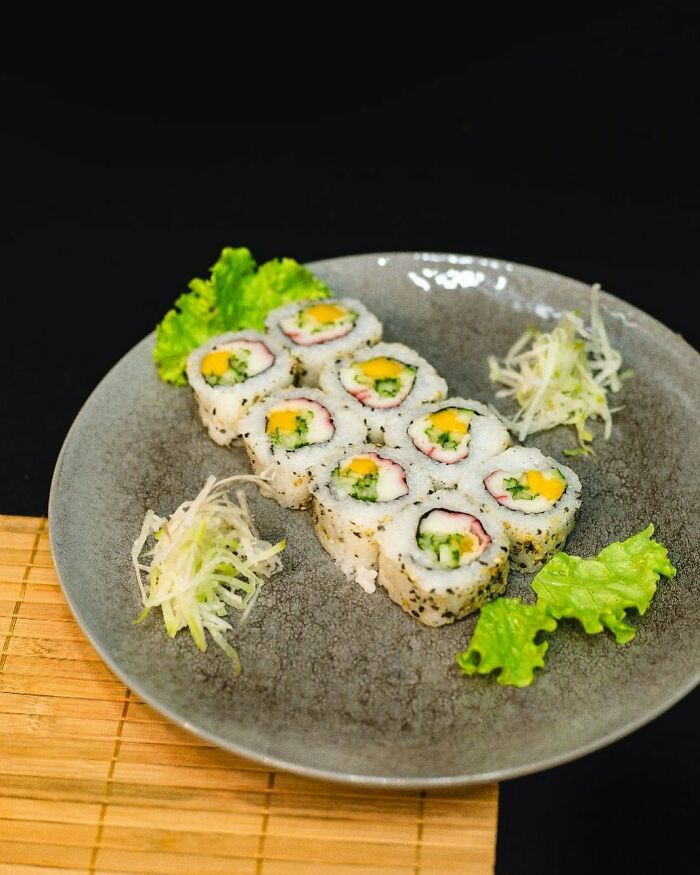They say the way to a man's heart is through his stomach. Does this apply when visiting a foreign country too? The culture and famous landmarks sure add to the lasting first impression; however, we usually get to savor and indulge in the cuisine and traditional dishes first, sometimes way before visiting the country. Thanks to globalization, today, we get to try cuisine from around the world without leaving our homeland.
The consumption and preparation of traditional Japanese dishes, traditional Italian pasta dishes, or even traditional Polish dishes are no longer limited to just their country of origin. It's quite likely that the many dishes from around the world can be tasted right in your own or a nearby city, whether it's a small family eatery or a big restaurant chain. Still, just like storebought food will never taste as good as a homemade meal, nothing will ever beat the original recipe and the taste of a cultural dish prepared in its country of origin.
Whether you would like to learn more about cultural foods around the world, discover their countries of origin, or perhaps are looking for something fancy to try and cook for dinner, plenty of cultural dishes from around the world are waiting to be tried out. And who knows, perhaps you will enjoy it so much that you will soon book a trip to its country of origin! Noticed any popular dishes around the world that weren't mentioned? Let us know in the comments! Also, upvote the ones you have tried and let us know how it was. Bon appétit!
This post may include affiliate links.
Gyros (Greece)
One of the most famous Greek street foods is gyros, made of meat roasted on a vertical spit, lamb or veal in other countries, or pork and chicken in Greece. The meat is thinly sliced before being served on pita bread with veggies, including tomatoes, onions, lettuce, cucumbers, and sauces like tzatziki.
Souvlaki (Greece)
One of the most well-known Greek dishes is souvlaki, made out of small cubes of skewered and grilled pork, chicken, lamb, or beef. It's a popular fast food item typically offered at souvladzidika. These little restaurants frequently provide gyros and other dishes with similar grilled meat.
I have a 5 kg catering bowl full of lamb bits Marinating since Saturday 😆 tonight is the night
Tonkotsu Ramen (Japan)
Tonkotsu is a distinctive type of ramen that includes fresh noodles, soft-yolk eggs, supple, melt-in-your-mouth pork belly, and a rich, fatty pork broth. It is so well-liked and unique that it could stand alone as a dish rather than just a ramen style.
The name also roughly translates to ‘pork bone broth/soup’ if I remember correctly
Khachapuri (Georgia)
The most well-known dish in Georgia is khachapuri, a classic cheese bread. Butter, eggs, and melted cheese are the usual toppings. Although other cheese varieties like mozzarella and feta have been added to the dish, the most popular additions remain the original Georgian Sulguni or Imeretian cheese.
Pierogi Ruskie (Poland)
These tender crescent-shaped dumplings, which come from the historical region of Red Ruthenia, are stuffed with a mixture of potatoes and cheese that is periodically spiced up with various seasonings or fried onions. Typically, pierogi ruskie are boiled and then shortly fried to get a crispy texture.
I genuinely went to Poland, just to try them! I was touring Europe and, honestly, Poland was not on the list of stops. One night we ate at a restaurant in Germany and had "dumplings", a Polish guy with us said that those [little mouthfuls of heaven] we had, were shite compared to 'the ones back home'. So that was it, I changed my itinerary to swing by Poland to try them. I was not disappointed
Pasta Carbonara (Italy)
Just tossing spaghetti with guanciale (cured pork jowl), egg yolks, and Pecorino Romano cheese creates the carbonara we know today. Although easy to make, this meal is a favorite in Rome and is well-known nationwide. Although carbonara is now regarded as a classic Roman dish, its history is hazy and sometimes debated. The word "carbonari" is thought to have come from the woodcutters and charcoal producers known as carbonari, who resided in the Appenine Mountains to the northeast of Rome. They are claimed to have cooked their pasta over a fire made of hardwood charcoal and then tossed it with eggs and cheese.
There is a whole slew of dishes like this. Pasta plus starchy pasta water and any or all of of pecorino cheese, cured pork product, egg and black pepper. So good, and so easy.
Pizza Margherita (Italy)
Pizza Margherita is a delicacy suited for a queen in every sense of it. During her visit to Naples in 1889, Queen Margherita of Savoy was given a pizza in the hues of the Italian flag: red tomatoes, white mozzarella cheese, and green basil. We consider it a more upscale take on traditional cheese pizza or a superb Caprese salad with a crust.
This is my all time favourite thing to eat, I real, made with love wood fire Margherita, I’m a little nuts and will add the whole bush of basil, the pictured amount is not enough
Gyoza (Japan)
The classic Chinese jiaozi dumplings are the ancestors of the famous Japanese gyoza, a crescent-shaped dumpling. Gyoza quickly rose to the top of our list of favorite Japanese foods after the recipe was significantly modified to suit the Japanese palate. They comprise a thin, egg-, wheat-, and water-based wrapper packed with meat and veggies. The stuffing's contents vary by region, but the most popular ones include minced pork or chicken, cabbage, chives, a good amount of garlic, ginger, and green onions.
I love these so much that I would eat 100 of them and still feel like it wasn't enough.
Gnocchi Alla Sorrentina (Italy)
This recipe is from Campania, specifically the lovely seaside hamlet of Sorrento, thus the name. Gnocchi alla Sorrentina, or strangulaprievete alla Sorrentina, are delicate, small potato pillows coated in a thick, velvety tomato and mozzarella sauce infused with basil. They are then covered in mozzarella, pecorino cheese, and occasionally parmesan. They are then roasted in the oven until the cheese bubbles and flows or a golden crust forms on top. Traditionally, gnocchi alla Sorrentina are prepared in a little clay pot called a pignatiello and served sizzling hot.
Little pillows of perfection! I don't know if it's traditional, but if you're doing gnocchi in a simple cheese sauce, add a bit of grated nutmeg to the flour and potato before you cook the gnocchi. It doesn't go too well with tomato based sauces (in my opinion, obviously), but with cheese it's sublime.
Shish Kebab (Turkiye)
The most popular type of kebab is shish, which is made out of chunks of meat on a skewer that are grilled over an open flame. The dish’s nomadic forebears used to marinate the meat to make it more tender and remove any gamey aromas.
One of the chefs I worked with (who was Arabic) said his ancestors used to use their swords in the times before the actual shish kobob stick was made commercially. This dish has so much history, meaning and cross cultural stories from the spice trade days
Miso Ramen (Japan)
The miso base, broth, and veggies are cooked in a wok to create the savory dish known as miso ramen. After that, the medley is garnished with bean sprouts, minced pork, garlic, sweet corn, and occasionally regional seafood, including crab, scallops, and squid.
Steak Au Poivre (France)
A beef steak covered in crushed peppercorns and fried is the main component of the French meal steak au poivre. A sauce is prepared in the same pan the steak was cooked in and then served with the dish. Usually, potatoes and a side salad are also served with the entrée.
Not really a traditional nor speciality dish, and not really French (although common enough there) just a decent fillet steak and a nice peppercorn sauce. Other sauces are available. And it's not an Entrée, which in France (and anywhere else the word is used except the US) is a starter, an "Entrance" if you will. Oh, and while we're on US divergences from French food terms, be aware that 'Filet Mignon" is a pork tenderloin, not a steak, which is simply "Filet de Boeuf"".
Raclette (Switzerland)
A national meal known as raclette bears the same name as cow’s milk, mildly nutty Swiss cheese, a cooking tool, and a whole eating experience. Raclette was created by the Swiss mountain shepherds who congregated around a fire and roasted potatoes. It is popular in the ski resort of Valais and other parts of the Swiss Alps, where it originated.
Serve with cornichons (small pickled gherkins) and charcuterie, and often accompanied by various items, onion, peppers, mushrooms, whatever you want, to grill on a hot stone above the more modern grills usually used these days. One of our regulars here in a ski resort in Valais.
Yaki-Udon (Japan)
Chewy udon noodles are stir-fried with various ingredients and covered in a thick soy sauce to make the well-known Japanese dish yaki-udon. The meal may include a variety of thinly sliced vegetables, meat, or seafood that are swiftly fried, combined with the thick udon noodles, and then covered in a flavorful sauce.
Udon noodles are amazing for someone like me who is off refined flour
Döner Kebab (Turkiye)
An international favorite, döner kebab is made of grilled, shredded chunks of meat which is skewered vertically. Fresh herbs and spices are generally used to season the meat. Initially, only lamb was used to make döner. Yet, today, kebabs made with lamb and beef, or occasionally only beef, are available in Istanbul and many places worldwide.
Cacio E Pepe (Italy)
One of the most simple yet delicious Italian meals is this age-old dish with Roman origins. Pasta (often spaghetti), aged Pecorino Romano cheese, salt, and a generous dollop of ground black pepper make up cacio e pepe. It was previously the preferred dish of Roman shepherds due to the ingredients' ease of transportation and resistance to spoilage. The pasta gave the shepherds the carbs they required to carry out their arduous work, while the hot pepper shielded them from the impacts of the cold weather throughout the night.
This is an excellent dish. One of those Roman pasta, Pecorino, pepper, [pork], [egg] dishes. Again, so easy and so good.
Peking Duck (China)
Peking duck's long history dates back to China's Yuan Dynasty in the thirteenth century. Beijing's oldest Peking duck restaurant, Bianyifang, which has been in business since the Jiajing era in the 16th century, is evidence of how beloved this delicious, mouthwatering delicacy is. The duck is roasted until the meat is juicy, soft, and somewhat sweet and the skin is golden and crispy. Afterward, the meat and skin are both folded into paper-thin pancakes or white buns that have been steam-cooked.
I love eating duck so much 😂 I just don’t tell my lovely Peeplette or eat it around her.
Cağ Kebabi (Turkiye)
Cağ kebab is a type of kebab that was first made in the Turkish city of Erzurum. It is prepared with lamb that has been marinated for about 12 hours with onions, salt, and pepper. The meat is then skewered and cooked over a wood fire.
Gambas Al Ajillo (Spain)
A typical Spanish snack, gambas al ajillo, consists of shrimp sautéed in a skillet with minced garlic, lemon juice, paprika, and olive oil. The meal is typically eaten as a tapa. Gambas al ajillo is suggested to be served with crusty bread on the side to help sop up the savory sauce and garnished with chopped parsley.
Cochinita Pibil (Mexico)
Mexican cuisine’s cochinita pibil is a pork dish with Yucatan origins. Garlic, bitter orange juice, and annatto paste are used to marinate the pork. It is slowly baked, cut, and then served with shallots, pickled onions, salsa, and various roasted veggies on tortillas, as tacos, or on its own.
Cha Siu Bao (China)
Popular Chinese pork roast buns are called cha siu bao. Whether steamed or baked, they are always stuffed with a sweet and sour grilled pork filling. In contrast to baked chao siu bao, which have a bright golden tint and are frequently drizzled with a glossy glaze, steamed variants are delicate and soft, with a pure white color.
My mom says: get good grades or I turn you into the next plate of cha siu bao!! Average Asian housold
Carnitas (Mexico)
Carnitas is a savory cuisine that has its origins in Michoacán, Mexico. It is created from pork that has been braised, roasted, or slow-cooked for an extended time in its own fat until it is entirely supple and luscious.
Massaman Curry (Thailand)
Massaman curry is probably the mildest, sweetest, and most peculiar variety of Thai curry. It comprises a curry paste prepared with roasted spices, beef, potatoes, and creamy coconut milk. The dish’s original Thai component is coconut milk, which provides a rich foundation for the other components.
Bakaliaros (Greece)
Greeks generally refer to golden, crispy cod fritters when they use the phrase "bakaliaros," which also refers to cod fish. The dish can be prepared using flaked cod that is then mixed into a thick batter, as well as cod that has been salted or fresh cod that has been batter-fried.
Shoyu Ramen (Japan)
One of the four main categories of ramen-noodle dishes celebrated for their exceptional flavors is the soy sauce-based shoyu ramen. Every bowl of ramen must have three things: noodles, broth, and various toppings. What separates shoyu from other types is the dark, salty soup.
Vindaloo (India)
The Goa and Konkan areas of India and England are big fans of the savory vindaloo curry dish. It may also be cooked with chicken, beef, mutton, or paneer. Mostly, it is made using marinated pork. The meal's name is derived from the incorrectly spelled Portuguese dish carne de vinha d'alhos, which translates to "meat marinated in wine vinegar and garlic." The meal was introduced to Goa by Portuguese explorers in the 15th century when it was altered to suit local tastes. As wine vinegar wasn't available in India, Franciscan priests created their own version using palm wine.
Shahi Paneer (India)
Shahi paneer is a cheese curry made with paneer cheese, onions, almond paste, and a rich, spicy tomato-cream sauce. It is a dish that originates from the Moghul cuisine of India. Typically, Indian bread like naan, roti, or puri is served with it.
Many do disservice to India by including something ho hum like this... We have too many dishes that are fantastic. Try the various kebabs and biryanis. Indian cuisine is diverse
Kalamarakia Tiganita (Greece)
Squid rings and tentacles are the essential components of this traditional Greek dish. They are seasoned, floured, then fried till crisp and golden. Fried calamari is a typical dish in restaurants, often ordered as an appetizer or meze dish. It is typically served with lemon wedges and parsley as a garnish.
I had this in Croatia and it is a very lovely dish if prepared well. If not, it can be also a nightmare...chewy, hard, and olily.
Païdakia (Greece)
Greek cuisine is known for its grilled lamb chops, typically served as the main course and highly appreciated throughout the country. Before grilling on classic charcoal barbecues, lamb chops are usually marinated in olive oil, lemon juice, and fresh herbs. The creamy tzatziki sauce, potatoes, or salads are typical accompaniments.
Manti (Turkiye)
Traditional Turkish dumplings known as manti are made from spiced ground beef and onions. The most popular topping for the dumplings is a yogurt and garlic sauce. Mantu, which translates to “dumplings,” is the source of the dish’s name. In the 13th century, nomadic Turkish tribes introduced these dumplings from Central Asia to Turkey. Manti dumplings are now widely consumed throughout Turkey and in many other cuisines, including Central Asian, Afghan, and Armenian.
Korma (India)
Korma is a mild-flavored, creamy beef stew cooked with saffron, yogurt, and various spices, including coriander, ginger, cumin seeds, chilies, and turmeric. It may also be made vegetarian. It is assumed to begin as a fusion of Persian and Indian cuisine in the royal kitchen of Akbar in the middle of the fifteenth century.
Lasagne Alla Bolognese (Italy)
This rich and delicious piatto unico (lit. one-dish dinner) is traditionally made with layers of homemade fresh egg lasagna noodles and is usually spiced with spinach. Béchamel sauce and a thick meat sauce known as ragù alla Bolognese are then added on top. Finally, Parmigiano-Reggiano cheese is sprinkled over lasagne alla Bolognese before baking it until it is soft on the inside and has a delightfully crisp, browned top.
No no no no. Wrong picture. Anywhere im the world if you are lucky or rich enough to get red beautiful gambas . Never cut them in half!
Karē (Japan)
One of the most well-liked foods in the nation is karē, a Japanese-style curry. When the Brits brought it to Japan during the Meiji era (1868–1922), it began to acquire appeal. In its early years, karē with rice was a pricey, upscale dish only the elite could afford.
Trofie Al Pesto (Italy)
One of the most well-loved dishes from the Italian area of Liguria, if not the most well-known, is trofie al pesto. Trofie, a hand-rolled pasta from Liguria made of wheat and water, and pesto, a renowned green sauce made of seven ingredients — basil, garlic, olive oil, pine nuts, salt, and two kinds of cheese — are combined to create the dish.
This list should really have more than three or four countries represented
Katsudon (Japan)
Katsudon is a form of donburi, a rice meal served in a bowl with toppings cooked on top. In this instance, the topping is tonkatsu, a deep-fried and breaded pork cutlet also popular in Japan. But, in this variation, the tonkatsu is cooked with veggies in a seasoned sauce bound with eggs.
Sake Nigiri Sushi (Japan)
A typical Japanese variation of nigiri sushi is sake nigiri. Slices of salmon are placed on top of hand-pressed sushi rice. Although the flavor might be a little fishier than maguro (tuna) nigiri sushi, the dish's delicate texture and clean finish suit novice sushi eaters. This kind of sushi is typically consumed in a single bite while being eaten by hand. On the side, soy sauce, wasabi, or pickled ginger (gari) are frequently served with it.
Yemista (Greece)
Yemista, or gemista, is a classic Greek dish made with rice and the inner parts of several vegetables, including tomatoes and green peppers. The veggies are then cooked in the oven after being filled. The dish's name, which in Greek translates as "stuffed," reflects a classic summer meal. Yemista comes in two main varieties: ones with and those without ground beef in the filling.
Frango Assado Com Piri Piri (Portugal)
The origins of the Portuguese cuisine frango assado com piri piri, often simply referred to as frango assado (roasted chicken), are unclear. Full butterflied chicken breasts are typically used, marinated in a mixture of olive oil, spices, and crushed piri-piri peppers. The chicken is served with a piri-piri sauce, a concoction of oil, dried or fresh chili peppers, and other optional seasonings after it has been roasted or grilled. Although it is still unclear where this Portuguese dish originated, Portuguese frango assado is very similar to the African piri-piri (peri-peri) chicken.
Ebi Furai (Japan)
Typically, these big prawns are deep-fried after being covered with panko breadcrumbs and egg wash. These are among the most well-known yōshoku foods, which are Japanese meals with influences from the west that were created between the 1860s and the early 1900s as part of the Meiji Restoration. Being one of Nagoya's hallmark meals, ebi furai belongs to the kawari-age category of breaded, deep-fried delicacies. It is also recognized as a meibutsu, a Japanese term for well-known cuisines associated with particular regions.
Shuǐjiǎo (China)
Chinese dumplings, known as shuǐjiǎo, are stuffed with various ingredients only limited by one's creativity and served without broth or soup. Shrimp, cucumber, purple cabbage, ground pork, bean sprouts, vermicelli, and rice are a few of the most well-liked components in the filling.
Am I the only one seeing a face with a mouth full of dumplings? Thought those were two giant googly eyes at first.
Tteokbokki (South Korea)
Tteokbokki is a hot stir-fried dish that frequently includes fish cakes, sweet red chili sauce, and cylindrical rice cakes. It is commonly purchased from pojangmacha, or street sellers, and is regarded as one of the best street foods in Korea. The dish was created during the Joseon Dynasty and was served in the royal court as well as being used as a remedy.
Pljeskavica (Serbia)
Pljeskavica, a traditional Serbian dish known as the Serbian hamburger, is a flat, round patty made from ground beef, pig, veal, or a mixture of the three. Selected seasonings like paprika, salt, and pepper are often included, as well as finely chopped onions and garlic. The name pljeskavica, which means flavorful and juicy, is derived from the word pljeskati, which means "to clap." A clapping motion shapes the patties before they are grilled to a smokey brown color with typical grill markings on both sides.
Pollo A La Brasa (Peru)
Popular in Peru, pollo a la brasa is a dish made of crispy, juicy, charcoal-grilled chicken typically served with salads and French fries. It is currently one of the most widespread meals in Peru, with 27 million people eating it daily.
Butter Chicken (India)
Murgh makhani, often known as butter chicken, is a classic dish in most Indian restaurants and is likely the most well-known of all Indian dishes. The dish was created in Delhi in the 1950s when Kundan Lal Gujral opened the Moti Mahal restaurant. Without even realizing it, the restaurant's chefs mixed the leftover marinade liquids with tomatoes and butter before stewing the tandoor-cooked chicken in it. This resulted in one of the most loved meals in history and a future transnational delicacy.
Butter chicken is pleasing to this American palate. It's pretty easy to make, although it's not a weeknight dinner. The only real issue is that it makes me overeat :-)
Pozole (Mexico)
Mexican pozole, a soupy, flavorful stew, is typically given to large groups during special events and festivities like Christmas, weddings, or birthdays. Its primary component is nixtamal, also known as hominy. It is made of pre-cooked big, dried maize kernels in an alkaline solution to make them softer. Depending on the region, the dish may also contain various herbs, spices, and meats like pig, chicken, or shellfish.
Pizza Alla Diavola (Italy)
The traditional toppings for diavola, a variety of Italian pizza, are tomato sauce, mozzarella cheese, spicy salami, and hot chili peppers. For added flavor, black olives can be used as an optional ingredient.
Khinkali (Georgia)
The delicious khinkali, or Georgian dumplings, are regarded as one of the country's national delicacies. The dumplings are customarily knotted at the top after being filled with meat and seasonings. Every Georgian region has its specific variety of fillings. Throughout time, the original recipe changed and now calls for fresh herbs like cilantro and parsley. To preserve the fluids, the meat for khinkali is never cooked ahead of time.
Khinkali is also popular in Russia, Armenia, the Caucuses mountains, etc.
Guotie (China)
The Northern Chinese dumpling known as guotie, also known as the pan-fried variation of the Chinese jiaozi dumpling, is often filled with ground pork, Chinese cabbage, scallions, ginger, rice wine, and sesame seed oil. Once the bottom of the dumpling is frying, a tiny amount of liquid is poured into the pan, which is then covered, allowing the rest of the dumpling and the contents to steam, creating the crunch and soft textures.
Pappardelle Al Cinghiale (Italy)
A well-known pasta dish from Tuscany is pappardelle. They combine to create one of the best culinary experiences in the area when served with ragù di cinghiale (prepared with wild boar). Unlike traditional ragù, the wild pig version has a much more intense flavor that is attained through lengthy, slow boiling in a rich sauce of tomatoes and red wine.
Gambas À La Plancha (Spain)
Whole shrimp are seasoned with salt and quickly grilled over high heat in an iron skillet as part of a traditional Spanish tapa dish. It is advised to eat them plain, with some lemon or lime juice squeezed on top; black pepper is optional and up to individual taste. You may also pair the shrimp with a cool beer or a glass of wine.
Tagliatelle Al Ragù Alla Bolognese (Italy)
Tagliatelle pasta with a rich ragù made primarily of beef (and occasionally pig) and tomatoes make up this traditional Italian meal, which has its origins in Bologna. While they are sometimes confused, spaghetti Bolognese and tagliatelle al ragù are very different recipes. Tagliatelle al ragù is one of Bologna's hallmark dishes.
Bistecca Alla Fiorentina (Italy)
The Florentine-style beef steak, revered as the holy grail of Italian cuisine, is only made using dry-aged meat from Chianina cow, which is highly regarded for its suppleness. Although bistecca alla Fiorentina is sometimes referred to as a T-bone steak, it is actually much closer to a porterhouse since the tenderloin is sliced much closer to the center than it would be on a typical T-bone. A third need for bistecca alla Fiorentina is thickness; the cut should be at least three fingers broad. This ensures that when the meat is grilled over a very high flame, a lovely, slightly browned crust forms on the steak's exterior while the inside stays juicy.
Ćevapi (Bosnia And Hercegovina)
Bosnian ćevapi are a source of immense national pride and the nation's favorite meal despite having a blatantly Turkish origin. These tiny, hand-rolled minced meat sausages are often produced with ground beef or beef mince combined with other meats like pork, veal, or lamb. The spices used to season the meats typically include garlic, salt, black pepper, and occasionally paprika or spicy red pepper flakes.
Dan Dan Noodles (China)
Chinese cuisine's traditional dan dan noodles are an absolute classic. The dish's main attraction is a hot sauce that is served with noodles. It is made with chili oil, preserved vegetables, Sichuan peppercorn, and occasionally sesame or peanut paste. While it is frequently incorporated, the meat, mostly minced pork or beef, serves mainly as a garnish. While there are only minor variations in China, traditional dan dan noodles have been modified to suit the mellower tastes of westerners by using much fewer spices.
Shumai (China)
Shumai, which translates as "to cook and sell" in Chinese, is a traditional dim sum dish made of an open-topped dumpling stuffed with steamed ground pork and occasionally with finely chopped shrimp or Chinese black mushrooms. Shumai is frequently topped with a single pea, a fish egg, or a small piece of carrot.
Amêijoas À Bulhão Pato (Portugal)
This simple Portuguese meal, which bears the poet Raimundo António de Bulhão Pato’s name, combines clams with a flavorful sauce made of olive oil, garlic, lemon juice, and fresh cilantro. Bulhão Pato clams are often eaten as an appetizer and are typically served with bread.
Tangbao (China)
A large group of steamed Chinese soup-filled dumplings is referred to as tangbao or tangbaozi. Tangbao can be made using leavened or plain dumpling dough, depending on where they come from. They are often wrapped in a gelatinous filling, twisted and sealed at the top, and then steam-cooked.
Mixed Ceviche (Ceviche Mixto) (Peru)
Ceviche Mixto is a traditional Peruvian appetizer that differs from other varieties of ceviche by including additional seafood components in addition to the usual fish. They can be scallops, clams, shrimp, squid, or octopus. Sometimes the dish will also include a few mussels or little crabs. Salt, onions, cilantro, fiery chili peppers, lime juice, celery juice, and lemon juice are used to marinate the seafood. Ceviche Mixto is often served with Peruvian corn and glazed sweet potatoes.
Carne De Porco À Alentejana (Portugal)
Clams, marinated pork, and a slightly spicy, wine-infused sauce are all components of this traditional Portuguese dish. The Alentejo region gave it its current name in honor of the region’s famously sought-after black pigs. In restaurants all around Portugal, the meal is a common offering. It is typically served with lemon wedges, pan-fried potatoes, country-style bread, and fresh cilantro as a garnish.
Pernil (Puerto Rico)
One of Puerto Rico’s most well-known foods is called pernil; it is a juicy roasted pork shoulder that is customarily seasoned with adobo mojado, a marinade made of paprika, salt, vinegar, garlic, and oregano. The dish’s name is derived from the Spanish word pierna, which means leg. Yet, it is also a Catalan word for ham, alluding to the traditional recipe that calls for fresh ham.
Kotlet Schabowy (Poland)
One of the most well-known Polish delicacies is kotlet Schabowy. This breaded pork cutlet is said to be a version of the more famous Wiener schnitzel. Although having originated in the 19th century under the influence of German and Austrian culinary customs, it swiftly established itself as a staple in cafes and homes across the nation. Usually, a pig chop or tenderloin is thinly breaded, fried in lard, and served with boiled potatoes, sauerkraut, and other fresh and pickled salads.
Shio Ramen (Japan)
Shio ramen is one of the four primary flavor-based ramen categories. It is distinguished by the use of salt as the primary seasoning in the broth. It incorporates three essential components, like other ramen varieties: flavorsome broth, noodles, and varied toppings. Although pork may be included, most variations use chicken or seafood broths, which produce a transparent, light soup with a strong, salty flavor. The soup is typically served with straight, thin noodles and is garnished with wakame seaweed, scallions, and the Japanese-style pork belly known as chashu.
Aji De Gallina (Peru)
On gloomy or chilly days, many Peruvians enjoy aji de gallina, a spicy meal made of shredded chicken in a creamy sauce. Black olives and cooked potatoes are used as garnishes, and it is typically served over rice. The sauce's ingredients include aji amarillo chilis, garlic, onions, walnuts, cheese, and crustless bread. Cumin, pepper, oregano, turmeric, and parsley are frequently used as seasonings.
Linguine Allo Scoglio (Italy)
Linguine allo scoglio, also known as linguine ai frutti di mare, is a traditional southern Italian seafood dish or piatto di mare and one of Italy’s all-time favorites. There was supposedly not a single restaurant in the 1980s in the greater Neapolitan region or along the entire southern Italian coast that didn’t have any variation of such a time-honored staple on its menu.
Karē Raisu (Japan)
Japanese curry is a meal that is incredibly popular all across Japan. As rice is usually served alongside the curry, the phrase "karē raisu" is often used. When Japan was open to outsiders and their commodities during the Meiji era, the Brits introduced curry to the country. Because of this, Japanese curry is comparable to English curry and uses a lot of curry powder. The recipe became curry rice, a hearty stew of meat and vegetables (including carrots, onions, and potatoes) served over short-grain white rice.
Anticucho (Peru)
The most well-known type of anticucho, known as anticuchos de corazón, is a meat dish consisting of small bits of skewered and grilled pork. The dish originated in Peru and rapidly became well-known across South and Central America. The first recorded recipe was for a dish made with marinated llama meat cooked over an open flame in the 16th century. The conquistadors altered the meal to make it uniquely their own by substituting beef for the llama meat and skewering it on sugar cane stalks.
Milanesa Napolitana (Argentina)
The classic Argentine dish Milanesa Napolitana originates from Buenos Aires. It consists of a fried milanesa steak that has been breaded and covered with tangy tomato sauce, a piece of ham, and thick mozzarella slices that will melt under the broiler. Usually, it comes with a side of french fries. If there are any leftovers, they may be utilized to make sánguche de milanesa, which are mouthwatering sandwiches.
Hyderabadi Biryani (India)
Served with basmati rice, goat, mutton, or chicken meat, lemon, yogurt, onions, and saffron, Hyderabadi biryani is a traditional South Indian meal. The meal comes in two primary varieties: pakki (cooked) and kachchi (raw). The distinctive way of cooking raw rice and raw meat combined with exotic spices, as opposed to other locations where meat and rice are cooked separately, is claimed to be why Hyderabadi biryani has such a rich flavor.
Çöp Şiş (Turkiye)
Çöp şis, a kind of kebab with Turkish Aegean origins, is literally translated as "trash shish" or "garbage shish." Despite its peculiar name, this delectable delicacy is produced from leftover roasted lamb fat and pieces after cutting the meat for the traditional shish kebab. The meat is often marinated in olive oil, oregano, and black pepper, then seasoned with garlic and tomatoes.
Adana Kebap (Turkiye)
Adana, one of the country's most well-known kebab cities, is honored with the renowned skewered pork dish called Adana kebap. This kebab's rich crimson color and spicy flavor come from the mixture of ground lamb and tail fat mixed with garlic, onion, paprika, and hot red pepper flakes. Usually, it's then skewered on big, flat metal skewers before being cooked. The grilled meat is generally served when it has finished cooking on a tray with flatbreads, peppers, and tomatoes or wrapped inside pita bread with parsley and red onion salad.
Porchetta (Italy)
A typical, juicy, boneless pork roast served all across Italy is called porchetta. This traditional dish is made by carefully deboning a piglet or an adult pig, seasoning it with salt, garlic, rosemary, fennel seeds, or other aromatic herbs, and then filling it with the stuffing, which varies by region. It may be liver, fat, or pieces of skin and meat that have also been spiced with salt and herbs. The meat is then rolled, placed on a spit, and roasted gently over a wood fire. After being cooked, it is thinly sliced and served either warm or cold with some bread.
Picanha (Brazil)
Brazilians particularly enjoy and value picanha, a fresh cut of beef taken from the top of the rump. It is called the sirloin cap in the US and the rump cap in the UK. Not too long ago, the cut gained popularity throughout most of Latin America and earned a reputation for being a good meat in the barbecue scene.
Phanaeng Curry (Thailand)
Thai curry called phanaeng is distinguished by its thick consistency and salty-sweet peanut flavor. Roasted peanuts are immediately mixed into the curry paste to give panang curry that desired nutty, mellow flavor and texture. It is usually made of cooked meat stewed with coconut milk, cilantro, cumin, garlic, lemongrass, shallots, dried chilies, kaffir lime leaves, and peanuts.
Pečená Kachna (Czech Republic)
Roasted duck is known as pečená kachna in the Czech Republic. Caraway seeds and marjoram are typically used to season the duck before it is slow-roasted in the oven until crispy and golden. Potatoes, bread dumplings, braised red cabbage, and occasionally a thick sauce made with saved duck fat and flour are customarily served with it.
Giouvetsi (Greece)
Pasta and meat braised in tomatoes are combined in this traditional Greek casserole. Although veal is the preferred meal, other meats may also be used. The flavorful tomato sauce is typically seasoned with cinnamon, allspice, red wine, cloves, and bay leaves.
Kokoretsi (Greece)
A classic Greek meal called kokoretsi is made with minced lamb or goat parts seasoned with salt, pepper, lemon juice, and olive oil. After being skewered, the offal is wrapped in caul fat to hold the pieces in place and cooked over coals. On Easter Sunday, it is customary in Greece to eat it as an appetizer. Although connected to Easter, it is often present all year long throughout the nation. Also well-liked throughout the Balkans, kokoretsi gets its name from the Albanian term kukurec, which means tripe.
Tiradito (Peru)
Tiradito is a traditional Peruvian meal made of thinly sliced, properly cooled raw fish, chopped vegetables, and coriander. Tiradito is drizzled with lemon and lime juices just before serving, keeping the fish raw as opposed to ceviche, where the fish is cooked.
Green Curry (Thailand)
The hot green curry is referred to in traditional Thai cuisine as kaeng khiao wan. Though the name means "sweet green curry," it just describes the color "sweet green." Portuguese missionaries introduced fragrant, hot green chilis to Thailand in the 16th century, the basis for Thai green curry. In addition to galangal, shrimp paste, lemongrass, garlic, turmeric, coriander, kaffir leaves, and whole peppercorns, fresh chilies are also crushed into a paste. Every green curry's base, the paste, is what gives the meal its ultimate taste.
Sarma (Turkiye)
Sarma, a dish that is a mainstay in traditional Turkish cuisine, is made out of a filling that is tightly encased in leaves or other leafy vegetables. Even though there are many variations of this dish, the typical filling typically consists of minced meat, rice or bulgur, various herbs, seasonings, red pepper, paprika, ground sumac, or tomato sauce. The typical wrapping is made of vine, cabbage, sauerkraut leaves, or a variety of leafy vegetables like collard greens and swiss chard.
Sisig (Philippines)
The popular Filipino dish sisig is created from a pig's ears, cheeks, and jowls, which are then boiled, chopped, and grilled before being seasoned with salt, pepper, and vinegar. The meat is mixed with fried onions, sili, and chicken livers, and a raw egg is typically placed on top of the entire dish. For added taste, some chefs like to add mayonnaise or pig cracklings to the meal.
It sounds good to me. Interesting and delicious animal parts if one can get over chicken nuggets and hamburger.
Gyūdon (Japan)
One of Japan's most well-liked and reasonably priced fast food options is gyūdon. Literally translated, the name means "beef bowl." Over a bowl of rice, the meal is served with meat and onions. A mixture of mirin, sugar, sake, and soy sauce is used to boil the beef and onions, giving the dish a salty-sweet taste. Red ginger pickles and red chilies are frequently placed on the tables in the gyūdon-ya eateries so that patrons may season their food to their preferences.
Svíčková (Czech Republic)
This delectable beef dish is one of the most well-known delicacies from Czech cuisine. It is cooked with braised beef that has been marinated and is served with a creamy vegetable sauce that contains celeriac, carrots, and parsley root. Thyme, bay leaves, and allspice are typically used to season the meal, which gives it a robust flavor. The creamy gravy, created with sour cream and puréed or mashed root vegetables, makes this meal distinctive.
I had this in Slovakia and a very similar one in Austria. it is a heart warming and cozy meal. I loved it.
Sheftalia (Cyprus)
A combination of minced pork and lamb, red onion, parsley, and caul fat — a thin fatty membrane that coats the stomach of cows, sheep, and pigs — are used to make this classic Cyprus sausage. There are two versions of how the meal received its name: either from the name of the street seller credited with having originated it or from the Turkish term şeftali, which means peach and perhaps refers to the dish's texture.
Inasal Na Manok (Thailand)
Bacolod is where the distinctive Filipino grilled chicken meal known as inasal na manok first appeared. It uses several cuts of marinated chicken mixed with vinegar and various seasonings, including lemongrass, garlic, and ginger. The annatto-infused oil is used to brush the meat as it grills, giving the chicken a deliciously distinctive peppery flavor and an appealing golden color. The meal is typically served with spicy vinegar and garlic rice seasoned with annatto.
Alinazik Kebab (Turkiye)
Turkish kebabs come in the Alinazik type, which comes from Gaziantep. It comprises mouthwateringly delicious lamb over puréed, char-grilled eggplants mixed with a garlic yogurt sauce. Typically, olive oil, onions, red pepper paste, tomatoes or tomato paste, and the meat are simmered altogether.
Moqueca (Brazil)
Moqueca is a seafood stew made with fish or shrimp with a base of palm oil, coconut milk, or olive oil (or both). The meal is often served with rice and is simmered in old-fashioned clay pots with fresh herbs and veggies. Because the Portuguese introduced coconuts to the nation and slaves from Africa introduced palm oil, it can be traced back to 300 years ago, when it was first created.
Hünkar Beğendi (Turkiye)
A delicious lamb stew called hünkar beğendi is typically served in Turkey on top of a smooth purée made from roasted eggplant. The meal is occasionally topped with a tomato-based sauce and served with freshly chopped parsley. The purée is often thickened with milk and cheese. The dish, which is said to be native to Istanbul, is thought to have been created in the late 19th century for Napoleon III's wife.
Stifado (Greece)
A savory Greek one-pot stew called stifado is perfect for a chilly winter day. The fundamental components are onions, tomatoes, wine or vinegar, and occasionally garlic, even if they differ from place to region and dish to recipe. Depending on the location, meat like goat, rabbit, wild hare, beef, snails, tripe, or octopus might be added to the stew. Some people prefer to include mushrooms or energizing seasonings like cinnamon, cloves, and allspice.
Leitão Da Bairrada (Portugal)
Leitão Da Bairrada is a Portuguese dish made from a suckling pig that has been basted and roasted until the skin turns crunchy and the meat becomes creamy. It is considered that the city of Mealhada is the best location to sample this delicacy. The best pigs in Portugal are thought to come from this area and mostly eat acorns. Their meat is marinated in lard, coarse salt, pepper, and garlic before being skewered on a pole and roasted in ovens fueled by eucalyptus and wine. The suckling pig is customarily served after preparation with batatas fritas, orange slices, and fresh salad.
Arroz Chaufa (Peru)
The Peruvian dish arroz chaufa has taken massive inspiration from Chinese cuisine. Fried rice, meats, veggies, and fruits are all included in it. Although many variants exist, it is often made with shredded chicken, salami, garlic, ginger, slivered almonds, eggs, chicken stock, soy sauce, pineapple chunks, and pineapple juice. During preparation, the meal is often topped with chopped coriander and scallions.
Vaca Atolada (Brazil)
Brazil’s traditional meat dish, vaca atolada, is made with beef ribs, garlic, onions, tomatoes, parsley, cassava, chili peppers, and (if available) ground colorau (urucum seed). Cow stuck in the mud is the dish’s alternate moniker because the marinated beef is cooked and smeared in a thick sauce.
İskender Kebap (Turkiye)
İskender kebap, a delicacy of Bursa, is named after a butcher, Skender Bey, who invented this delicious dish. It consists of grilled, thinly sliced lamb with hot tomato sauce and pita bread. Melted sheep butter and yogurt are customarily poured over the food at the table. This kebap is best enjoyed with şra, a Turkish beverage that promotes digestion.
Tantuni (Turkiye)
Thinly sliced beef seasoned with Turkish herbs and spices and typically cooked with onions and tomatoes makes up the Southern Turkish street food dish known as tantuni. The meal is typically served with ground sumac and a lemon slice on the side, wrapped in a durum wheat tortilla. It is stated that tantuni never tastes the same since each tantuni chef has his or her own unique technique and approach to making the dish.
Feijão Tropeiro (Brazil)
A typical dish from the Brazilian state of Minas Gerais is feijão tropeiro. Beans are cooked with salted or dried meat, manioc flour, and various seasonings, herbs, and vegetables in this recipe, a favorite among cattle rangers (tropeiros). The meat and beans used in meals nowadays vary from region to region due to the cuisine's many variants. The meal is thought to have been created during the Brazilian Colonial era when tropeiros used to sell goods while riding horses and carried dried meat, beans, and manioc flour on their lengthy treks.
Ghormeh Sabzi (Iran)
An Iranian herb stew known as ghormeh sabzi is widely consumed throughout Iran and is regarded as the nation’s dish. The dish can be created in various ways. Still, the key component is a mixture of fried herbs, typically made with chopped parsley, cilantro, and chives.
Uramaki (USA)
The origins of the distinctive sushi type known as uramaki, also known as the California roll or upside-down sushi, are vied between Los Angeles and Vancouver. Avocado, cucumber, crab or surimi, nori, and sushi rice are used to make this sushi roll. It varies from other forms of sushi in that the nori seaweed, which is inside and surrounds the contents, is wrapped around the outside of the sushi with rice. This peculiar treat is best enjoyed with soy sauce, gari (pickled ginger), and wasabi.
I feel like whoever put this list together REALLY likes Japanese and Italian food... ;-) Proud to say I have eaten a fair amount of that list myself.
A food I’d love to recommend is pav bhaji from Maharshtra in South India. It consists of a thick curry and small buns of bread to eat it with. imagesqtbn...sqpCAU.png 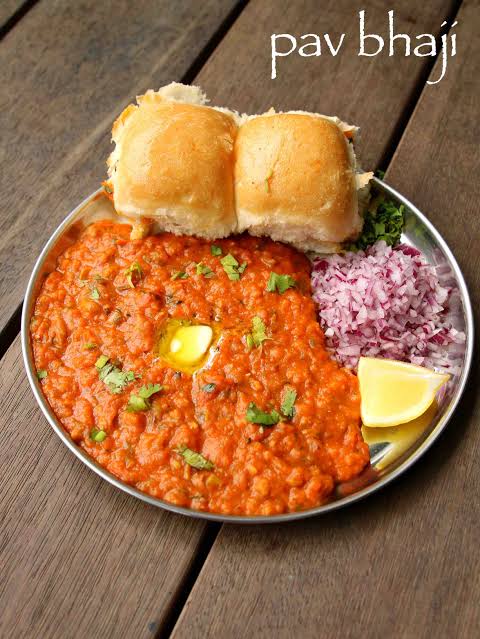
For a list that purports to "from around the world" there seems to an inordinate focus on just a handful of the 190 or so countries that exist. Nothing from Africa or the South Pacific region for example
This one is difficult to find in restaurants and quite labor intensive to make at home (but worth it)...khao soi. The broth is nectar of the gods, it's so superbly balanced. In the broth are noodles and chicken, and the dish is topped with fried noodles, thinly sliced shallots, cilantro, and lime. It's the ultimate comfort food.
Thank you so much for sharing. keep it up and update more information.
France : steak au poivre ! yeah move along, nothing to eat there ! lol emoji-6411...ce2079.png 
I feel like whoever put this list together REALLY likes Japanese and Italian food... ;-) Proud to say I have eaten a fair amount of that list myself.
A food I’d love to recommend is pav bhaji from Maharshtra in South India. It consists of a thick curry and small buns of bread to eat it with. imagesqtbn...sqpCAU.png 
For a list that purports to "from around the world" there seems to an inordinate focus on just a handful of the 190 or so countries that exist. Nothing from Africa or the South Pacific region for example
This one is difficult to find in restaurants and quite labor intensive to make at home (but worth it)...khao soi. The broth is nectar of the gods, it's so superbly balanced. In the broth are noodles and chicken, and the dish is topped with fried noodles, thinly sliced shallots, cilantro, and lime. It's the ultimate comfort food.
Thank you so much for sharing. keep it up and update more information.
France : steak au poivre ! yeah move along, nothing to eat there ! lol emoji-6411...ce2079.png 

 Dark Mode
Dark Mode 

 No fees, cancel anytime
No fees, cancel anytime 




